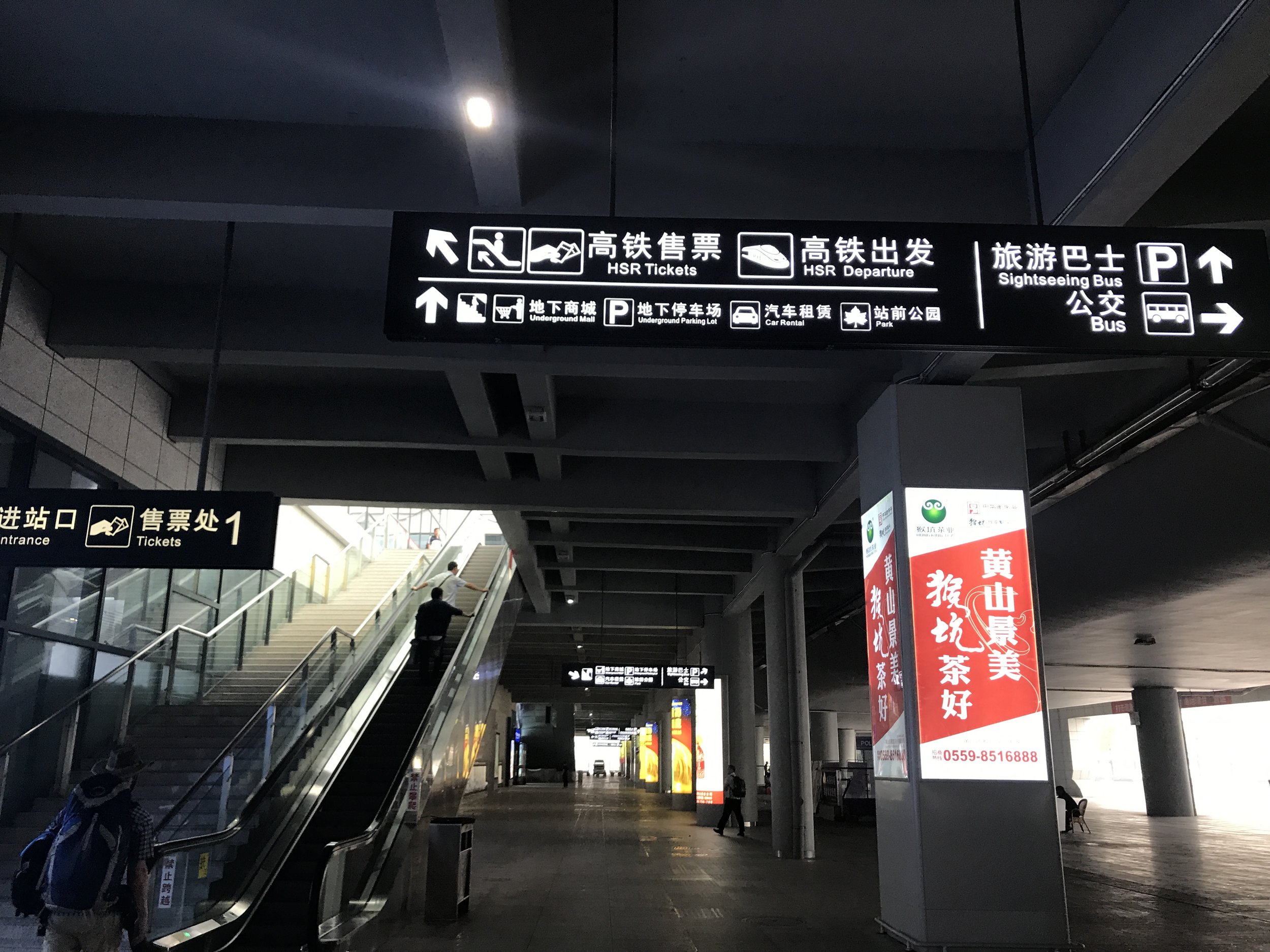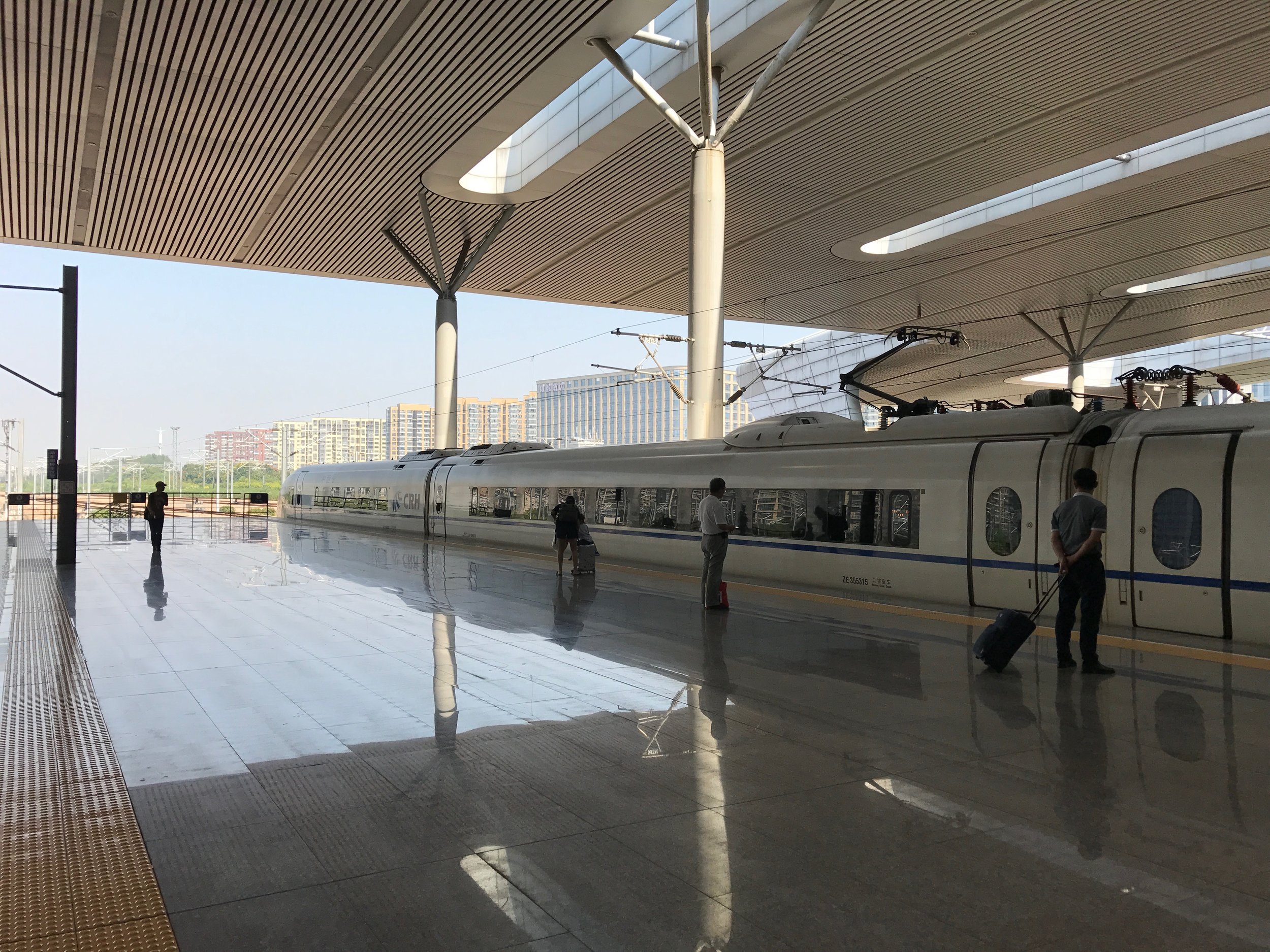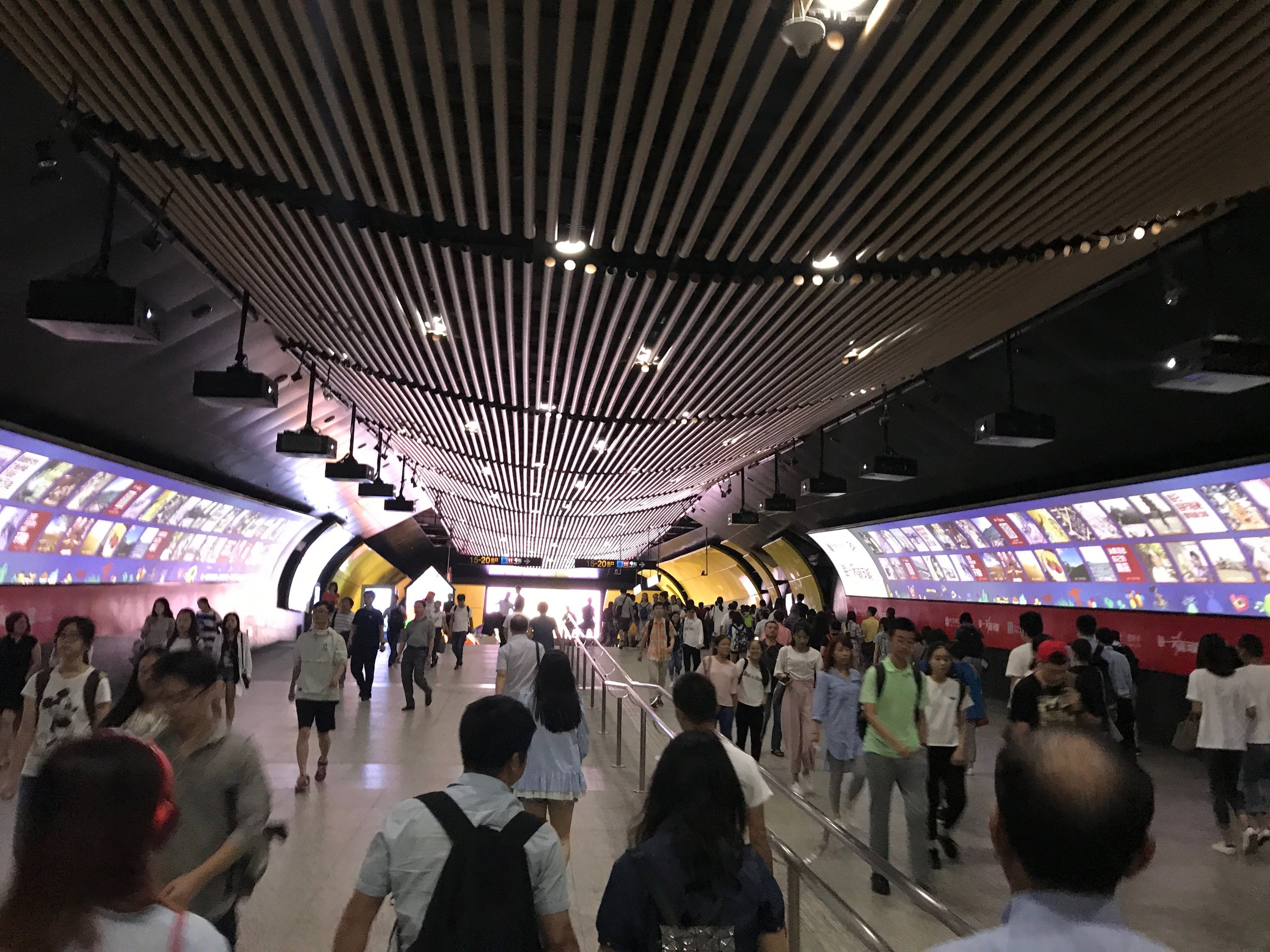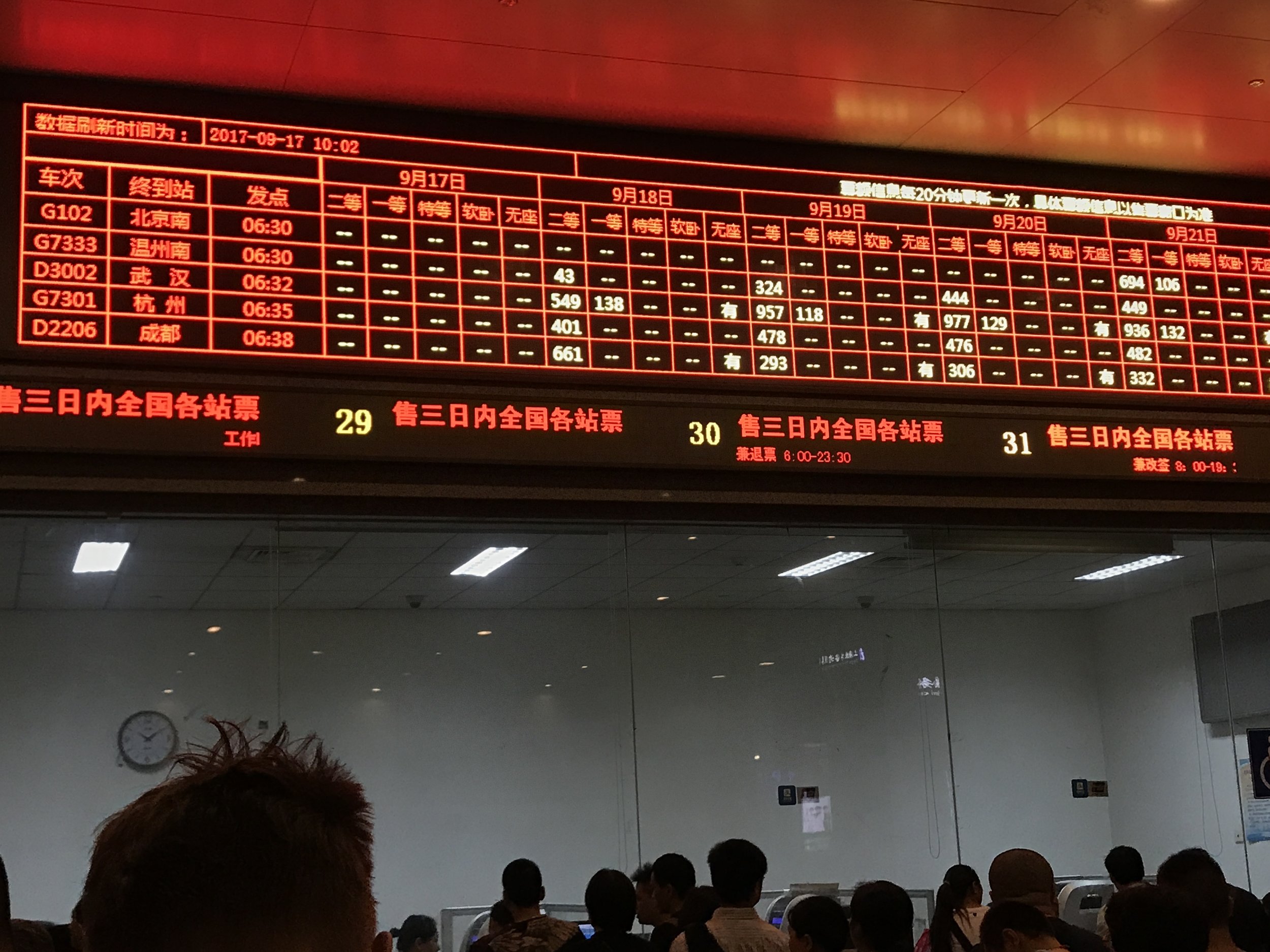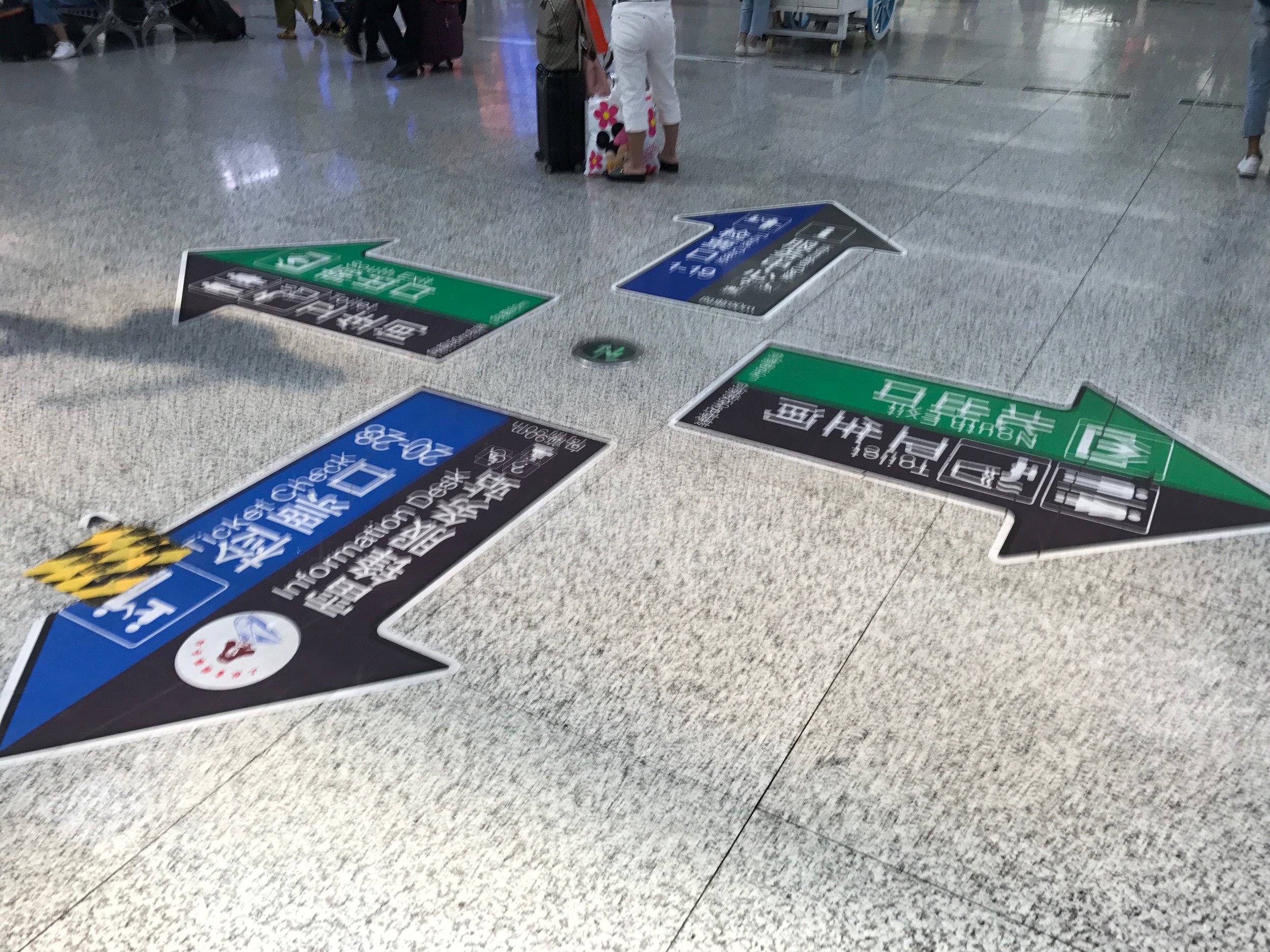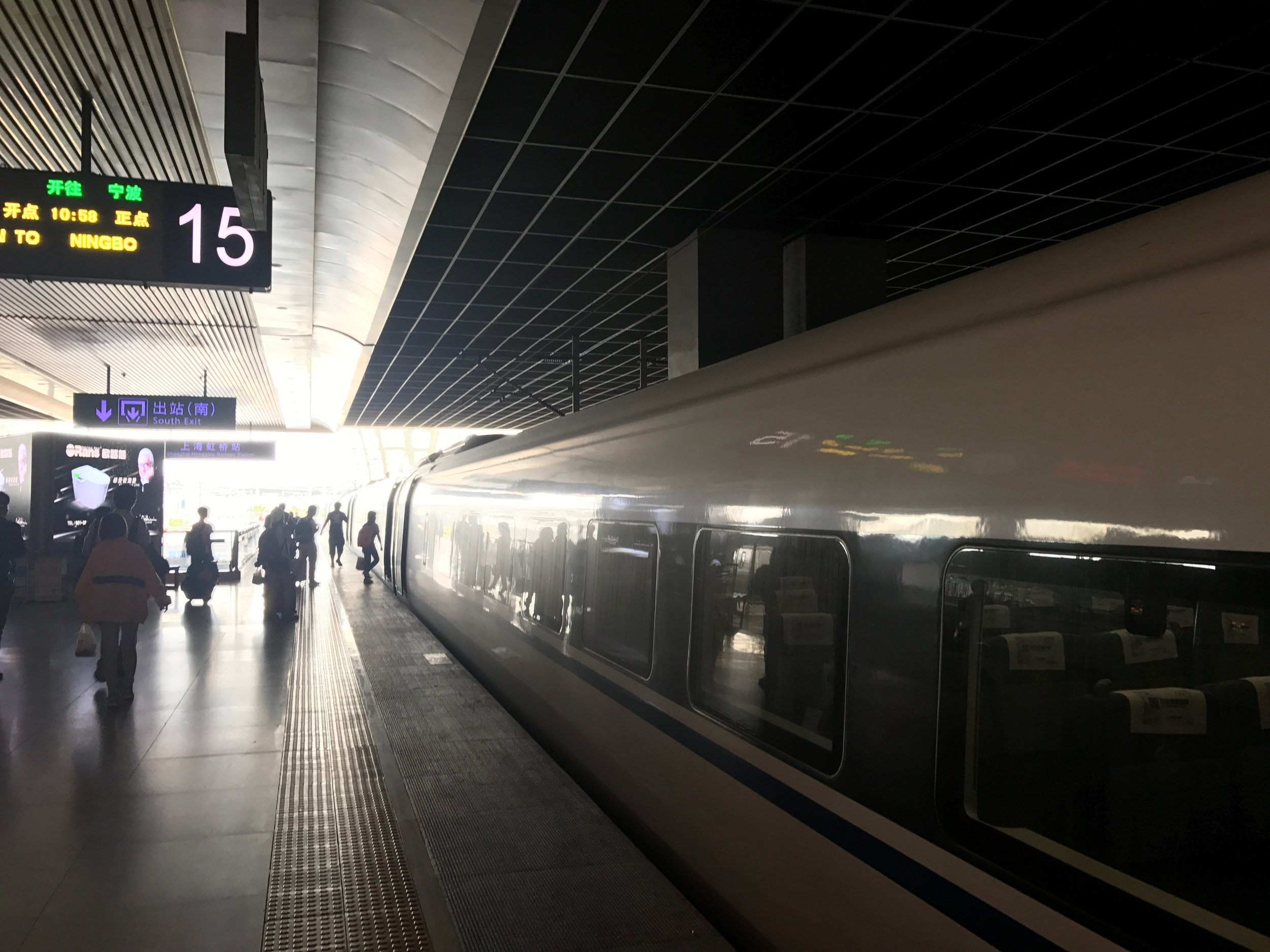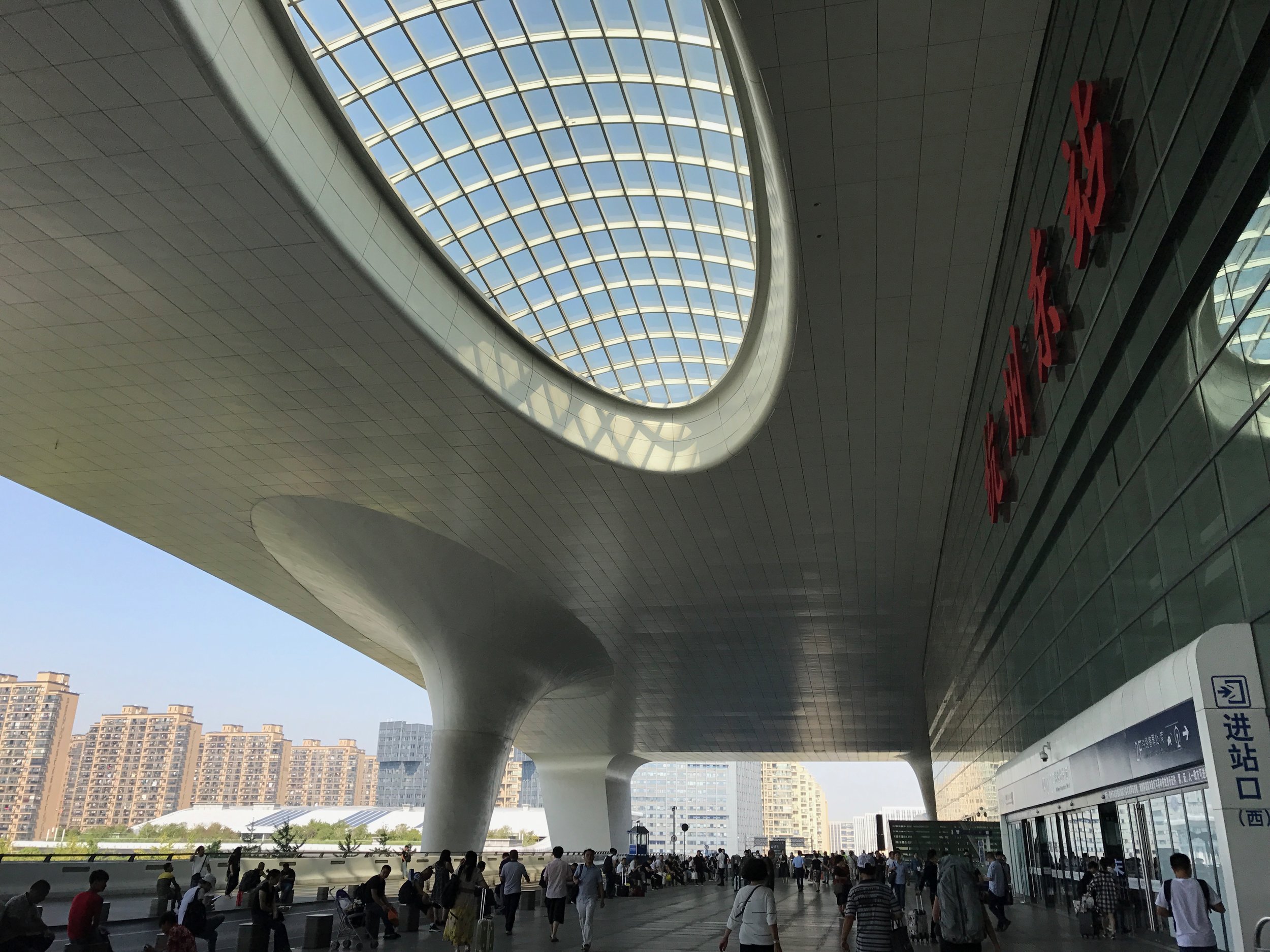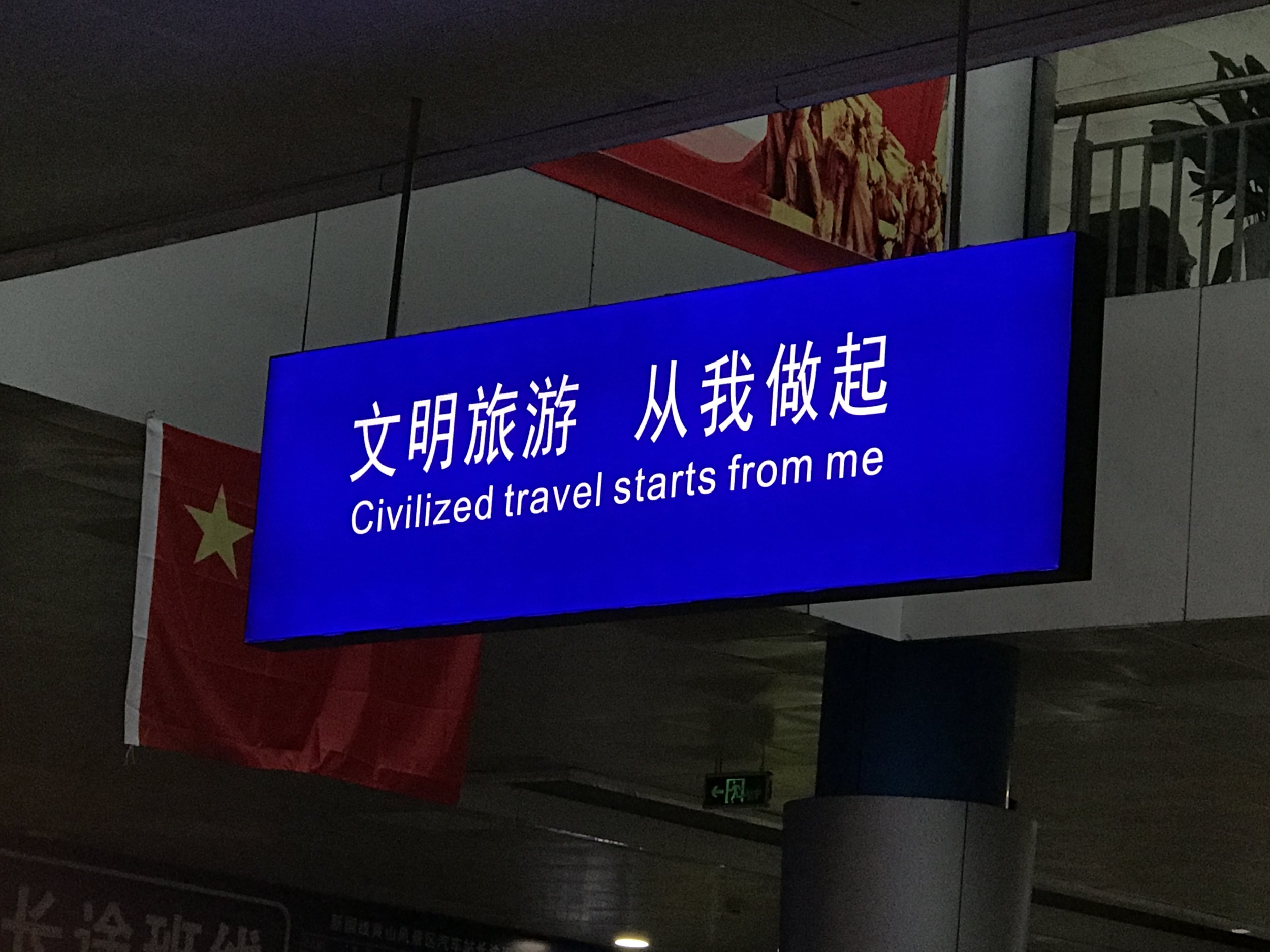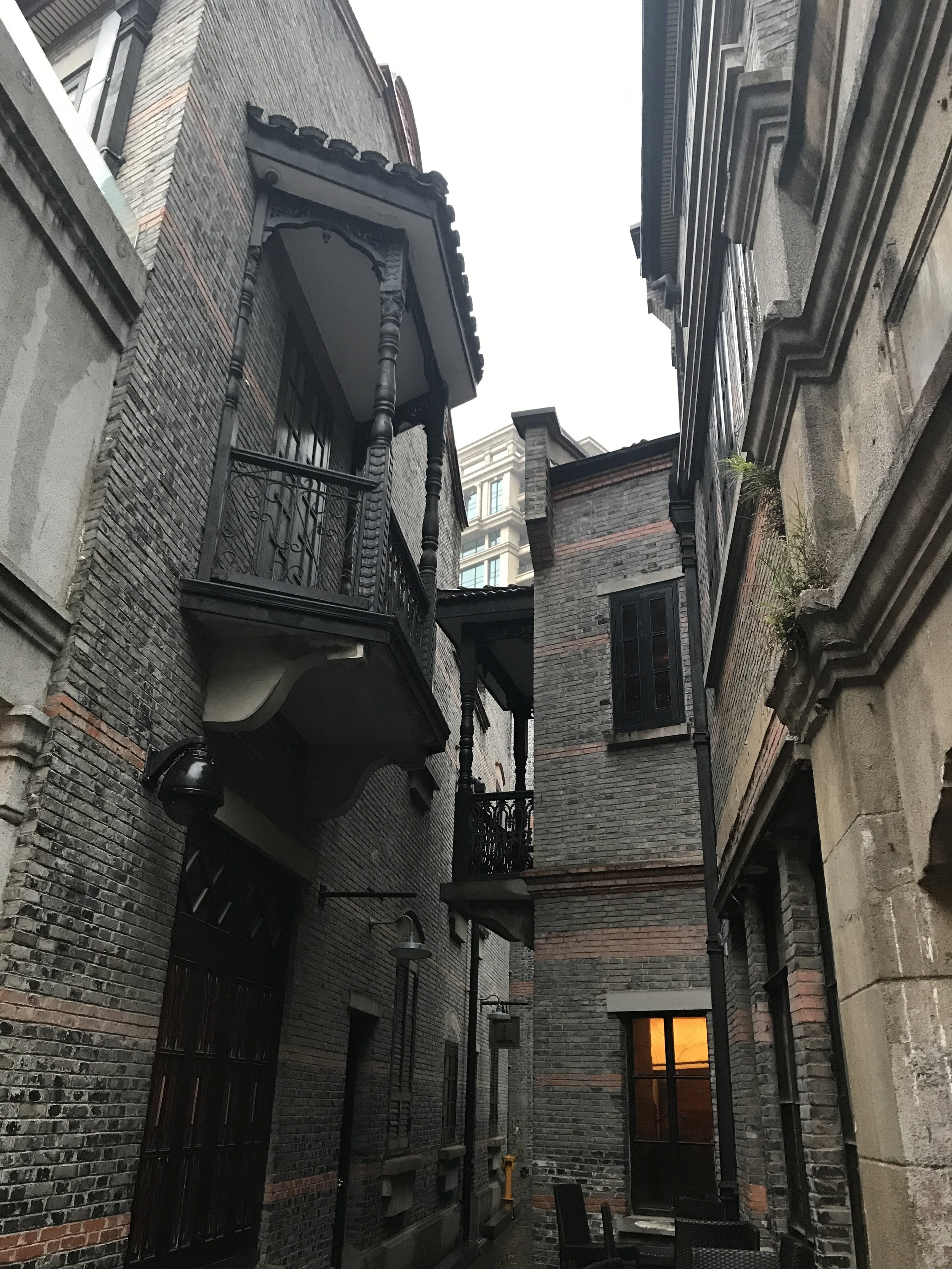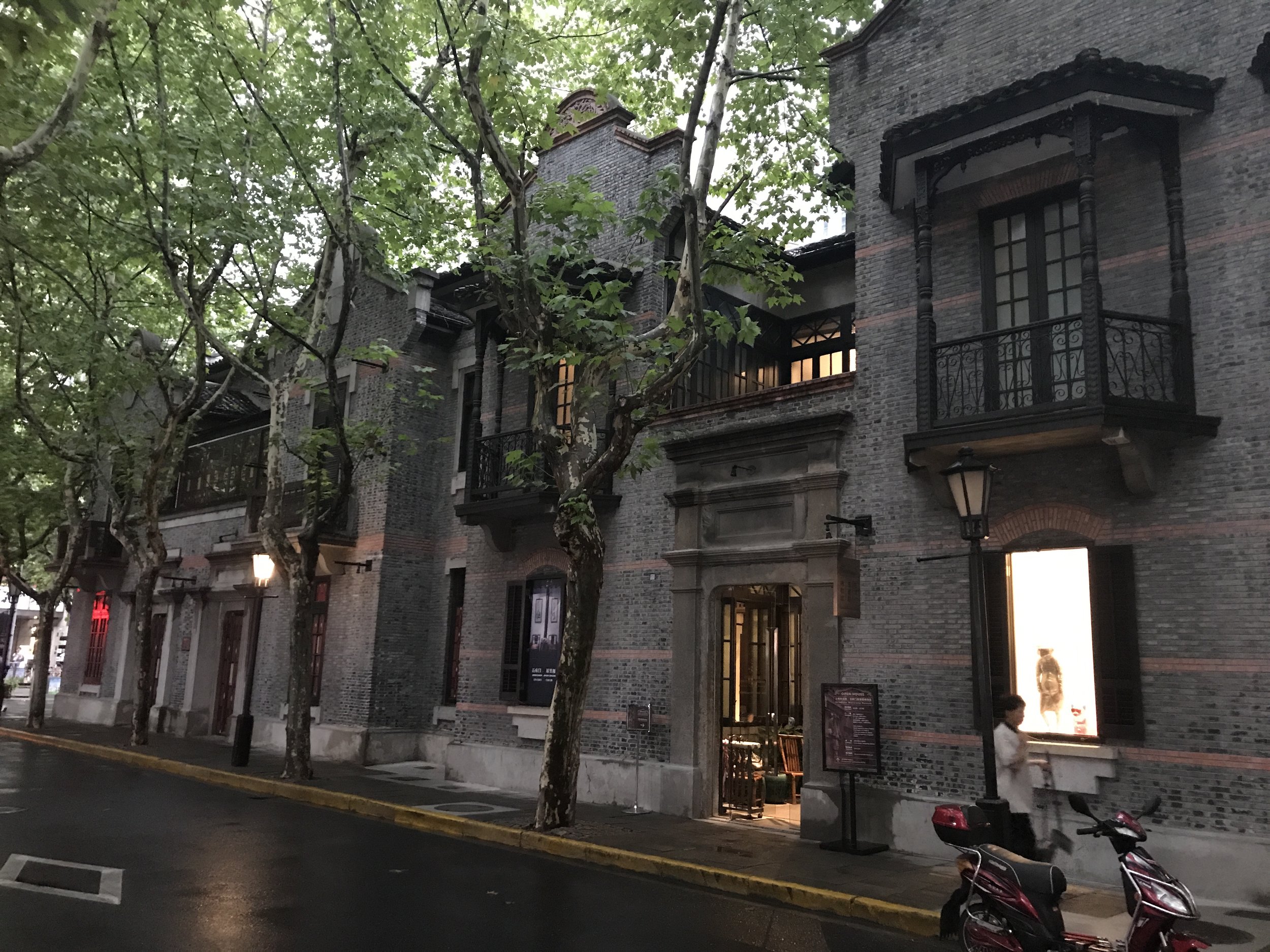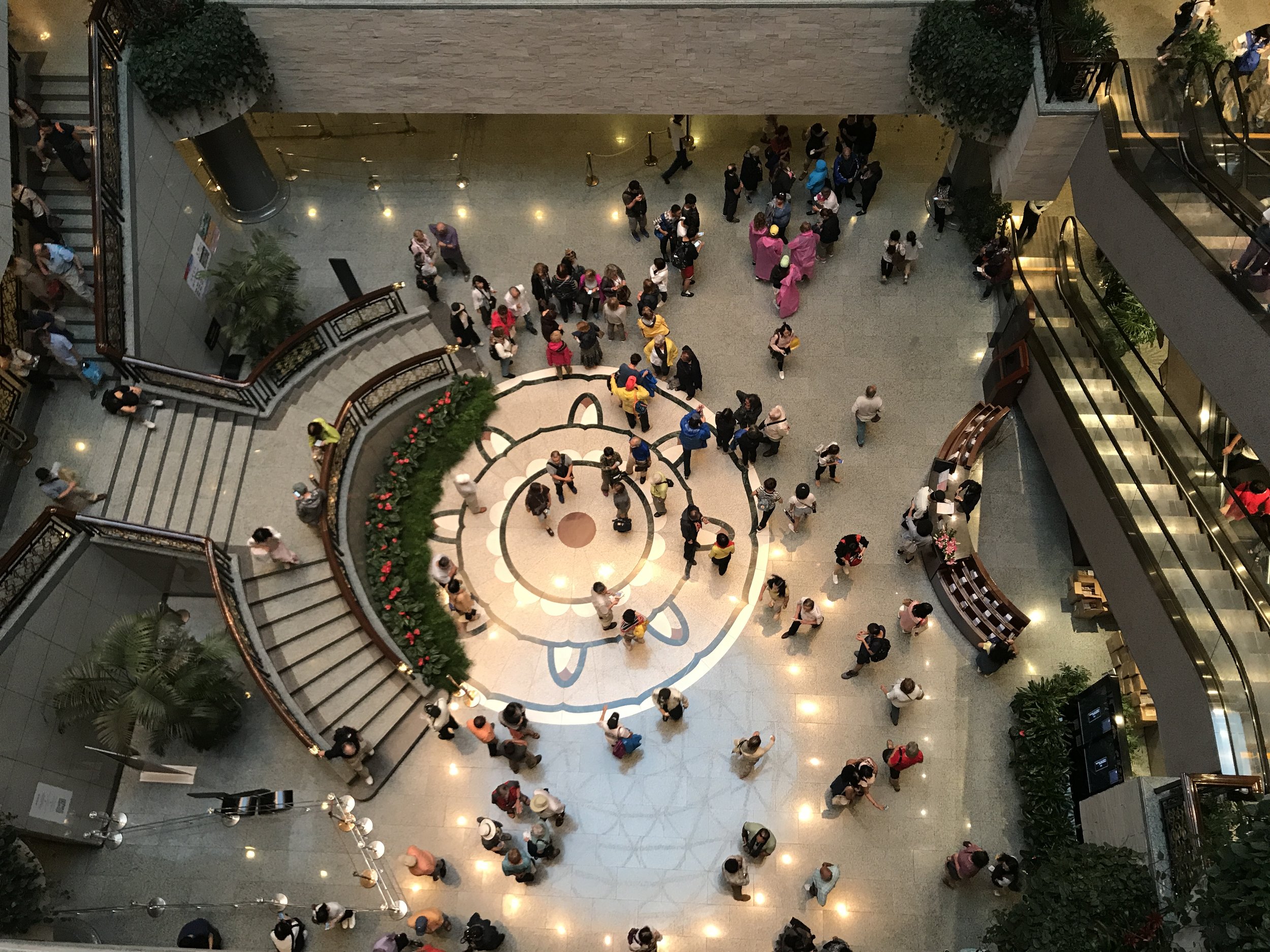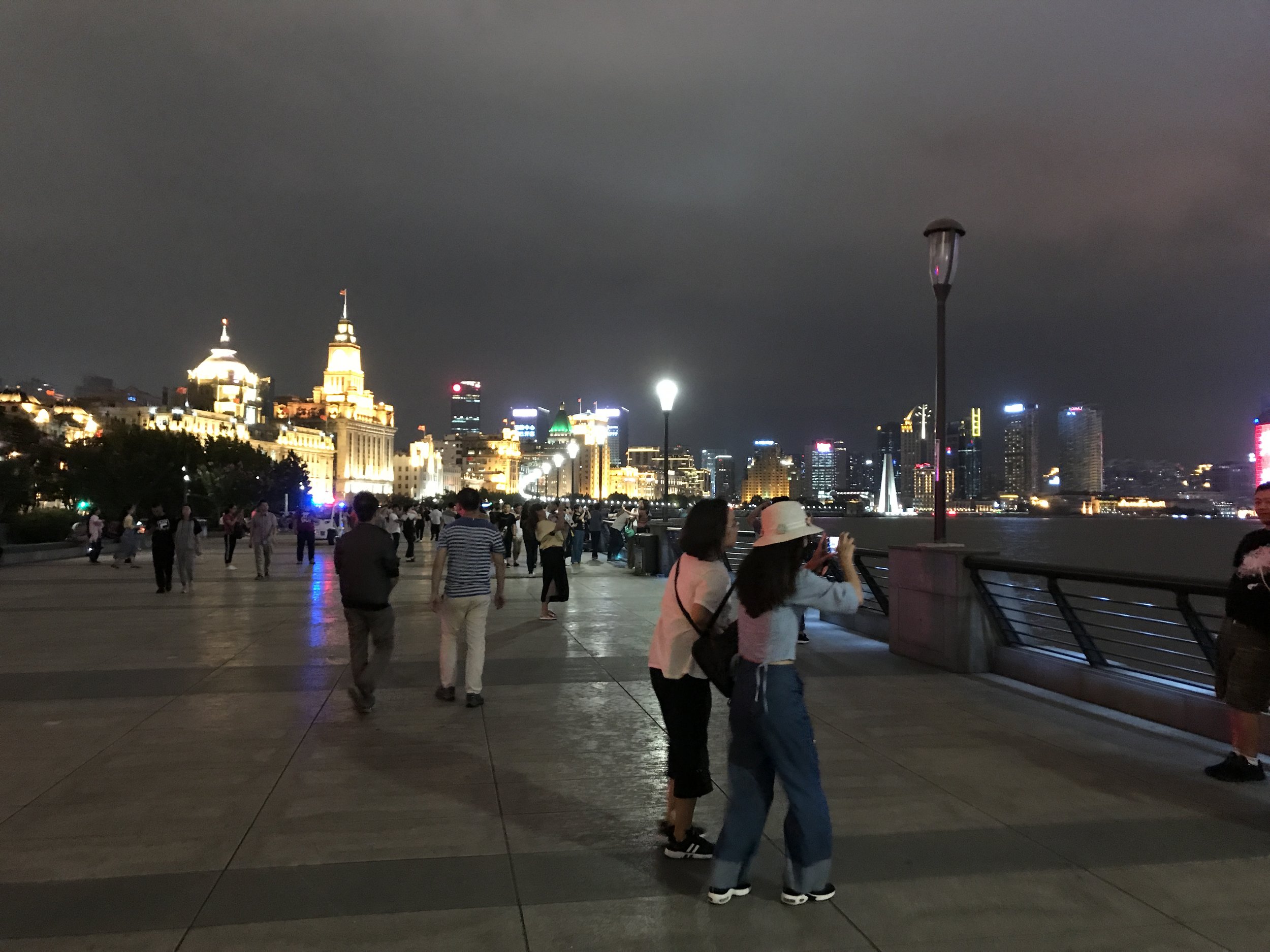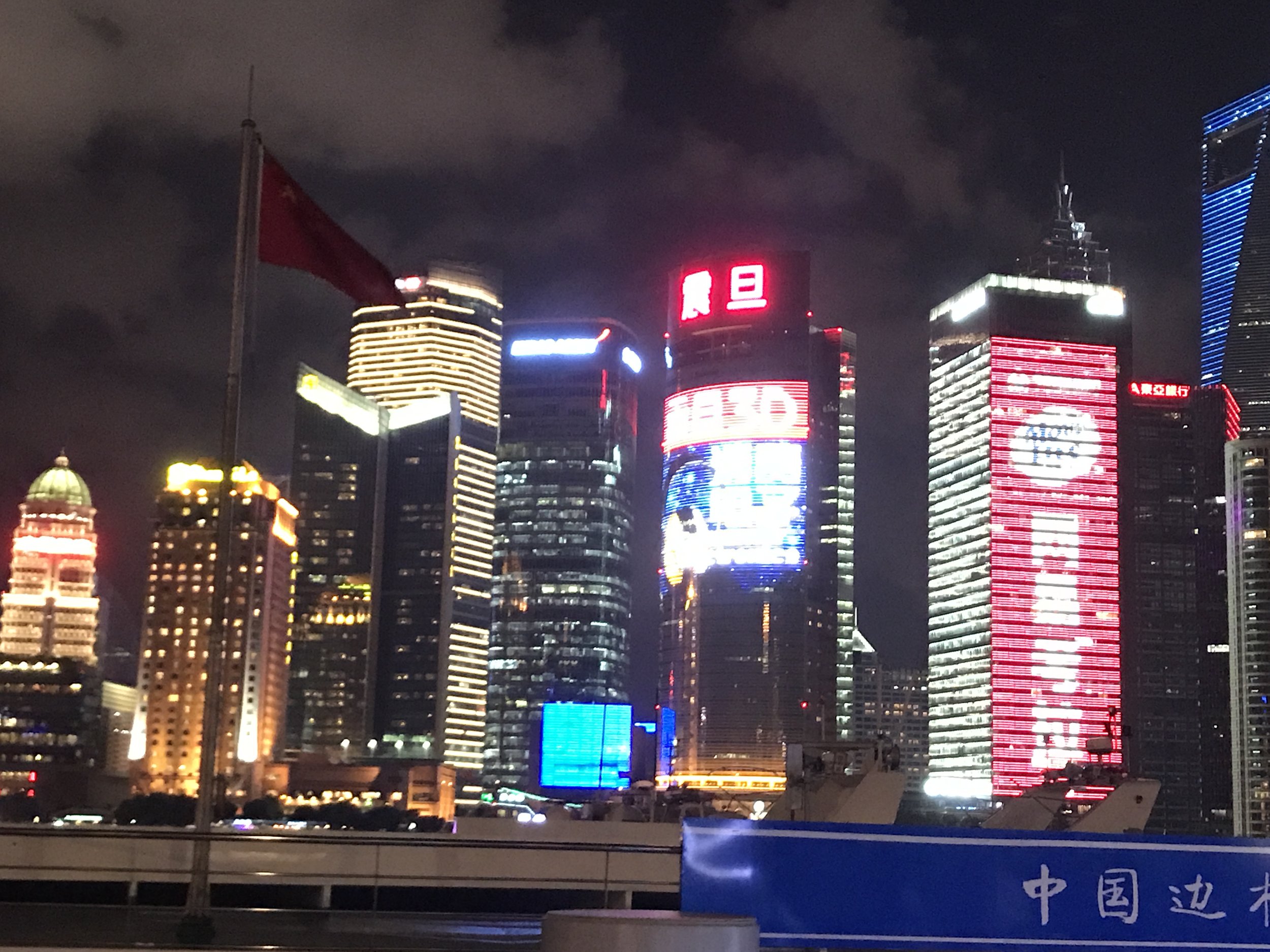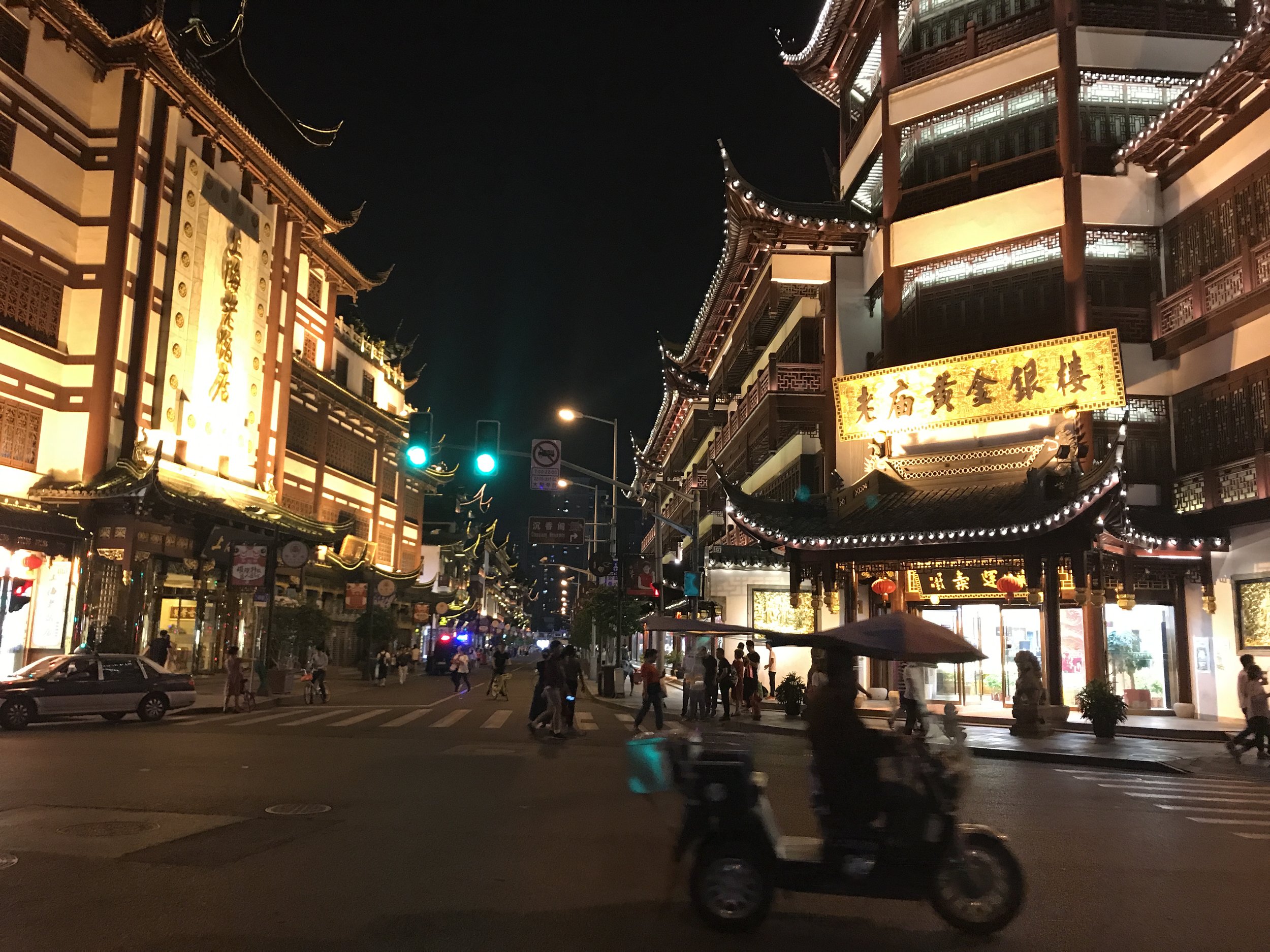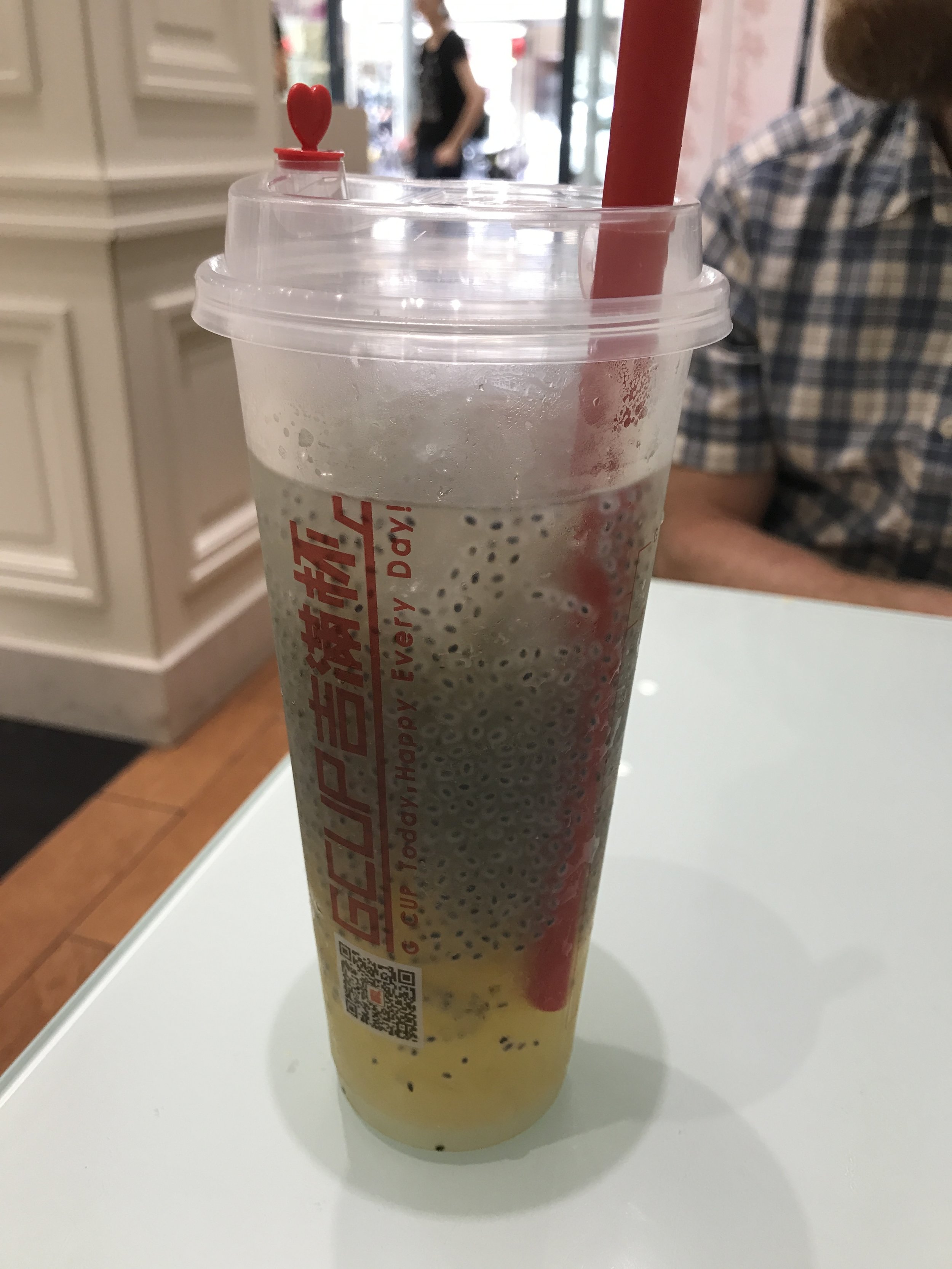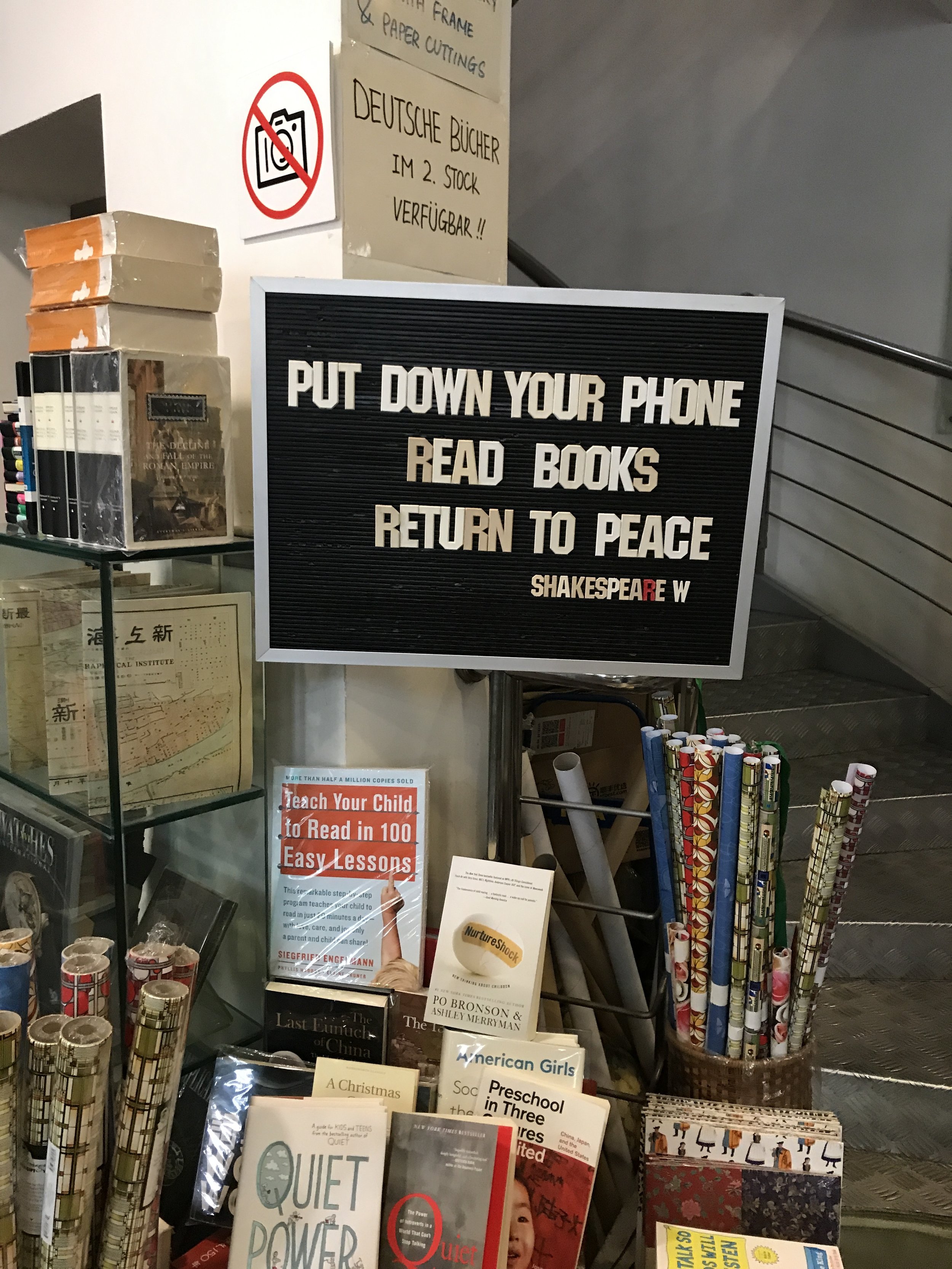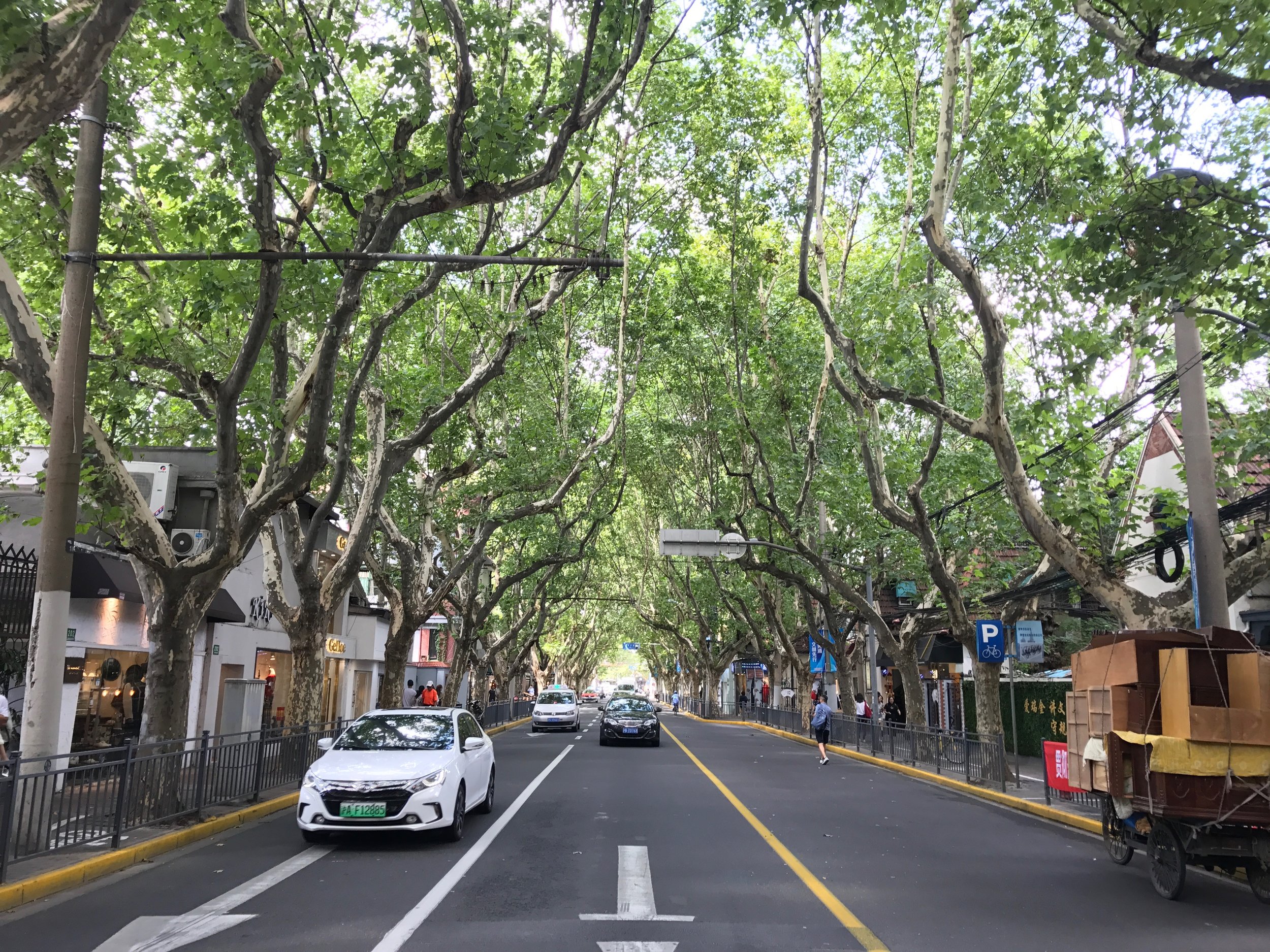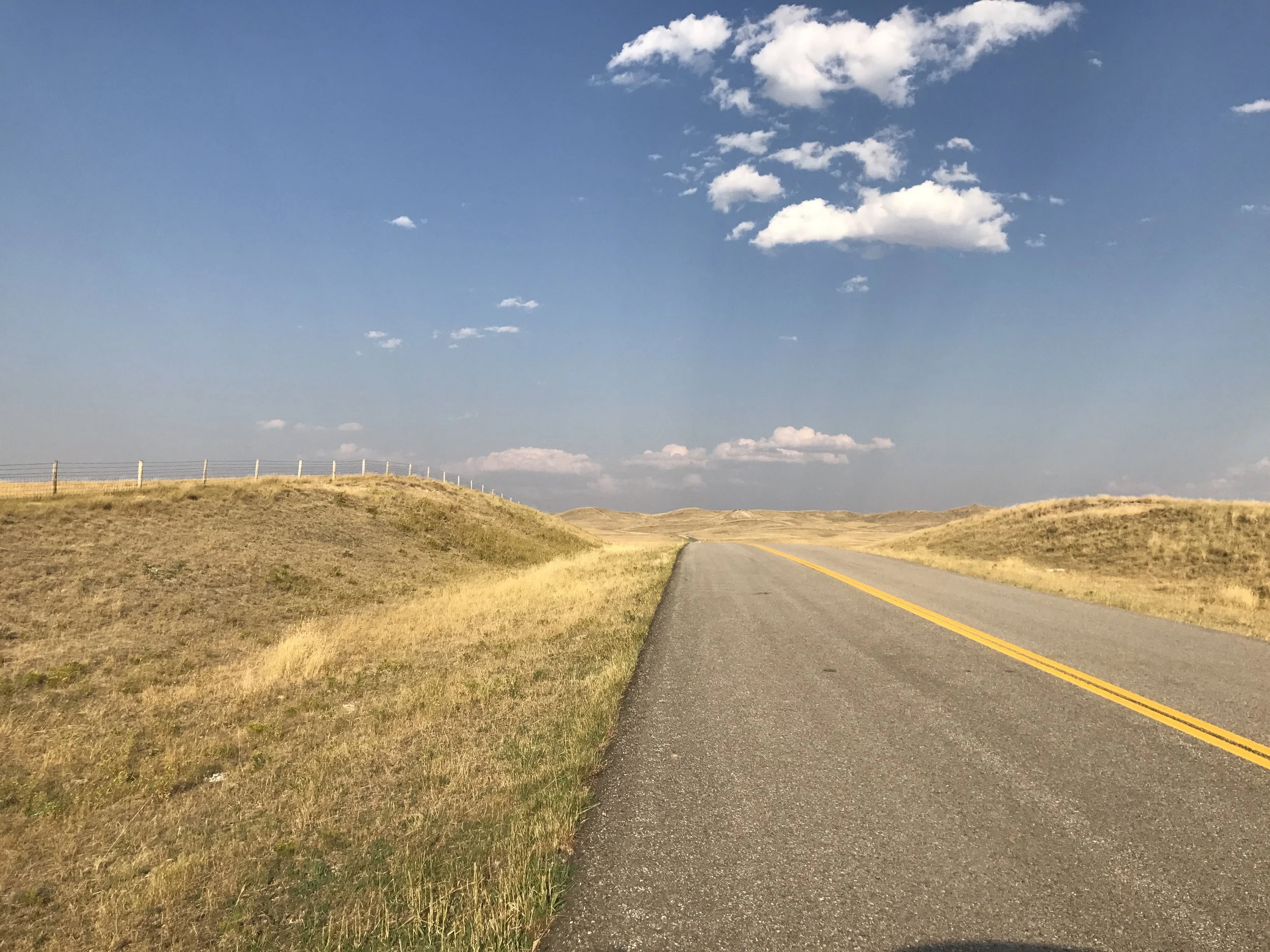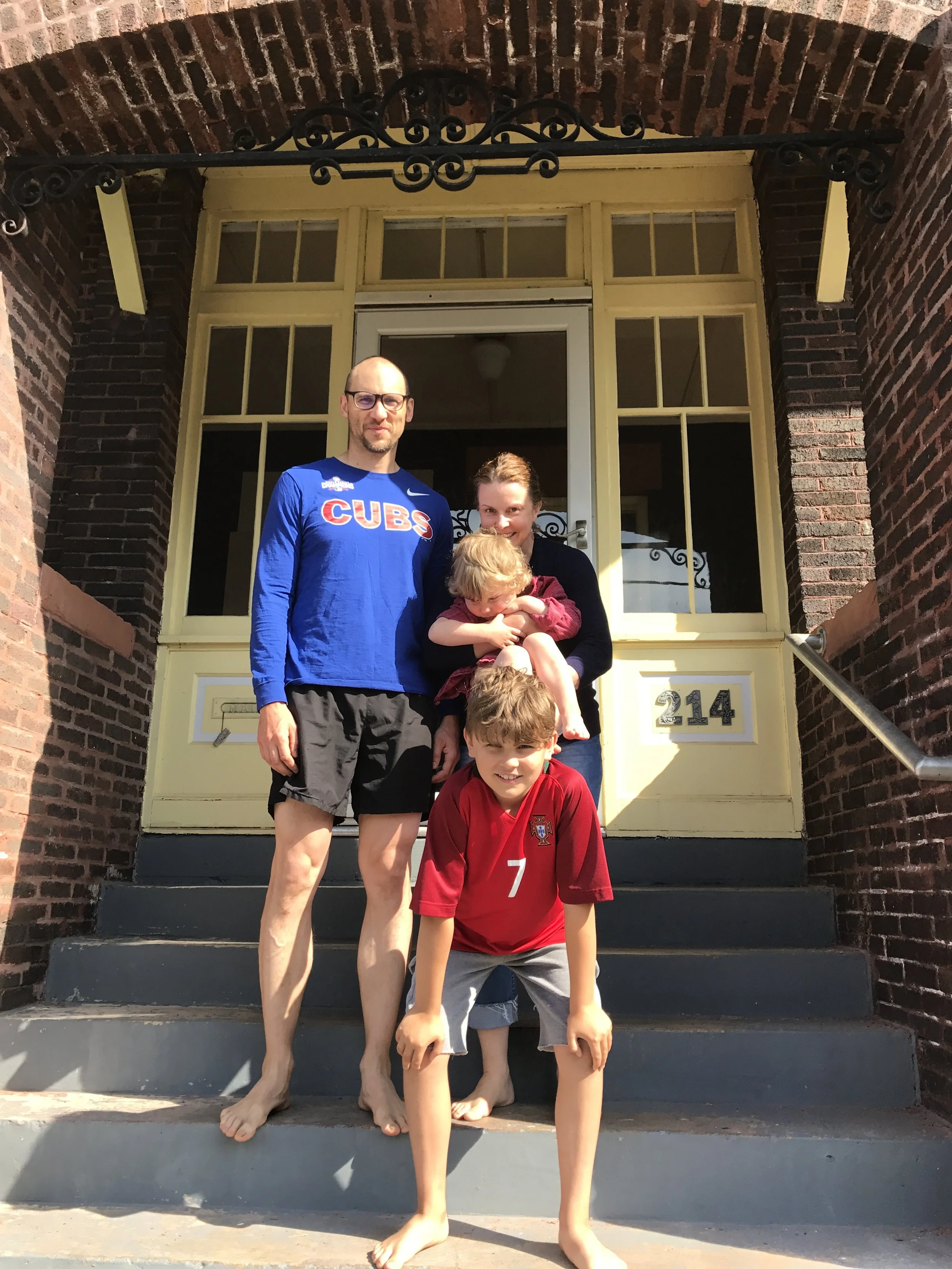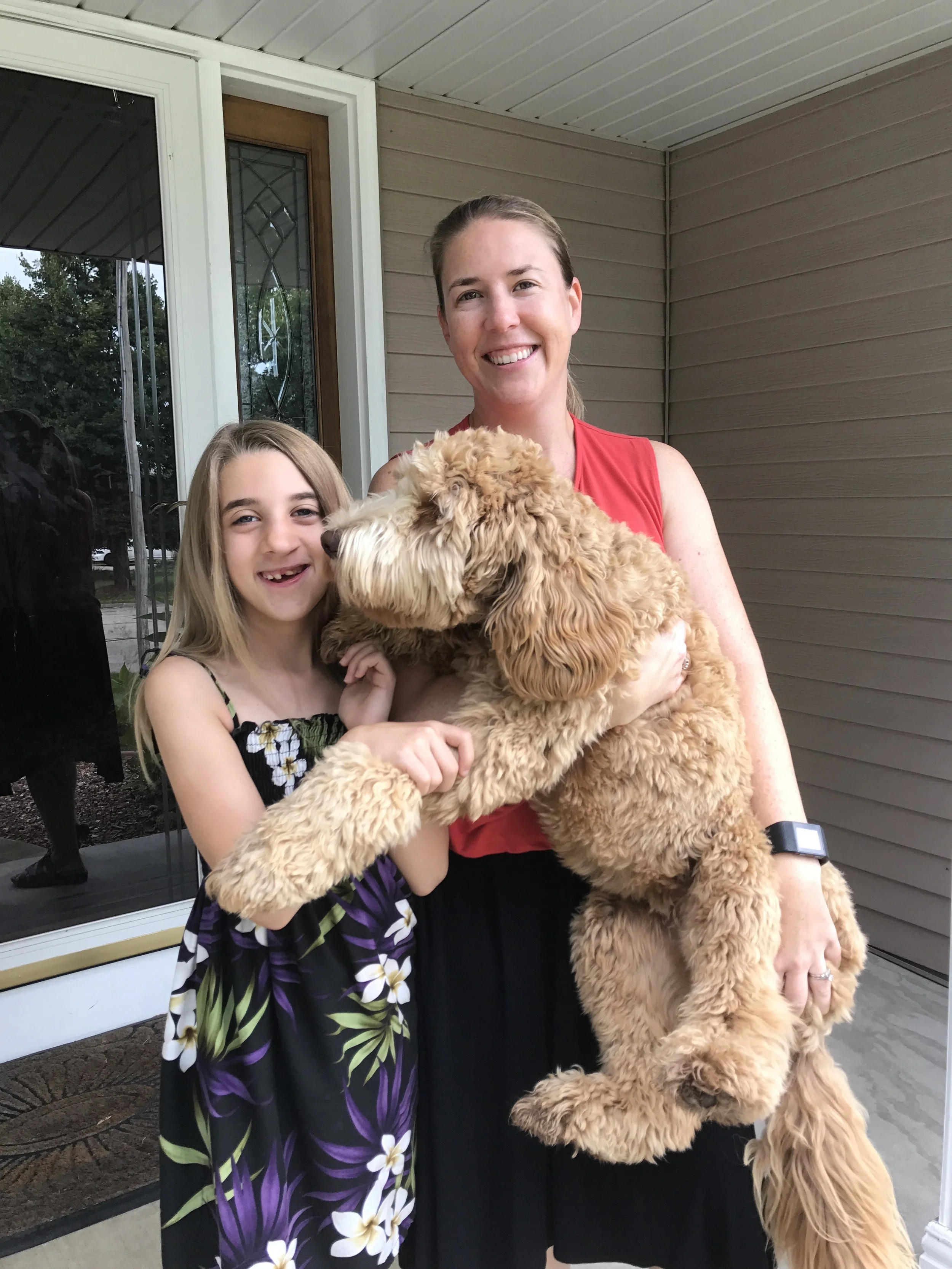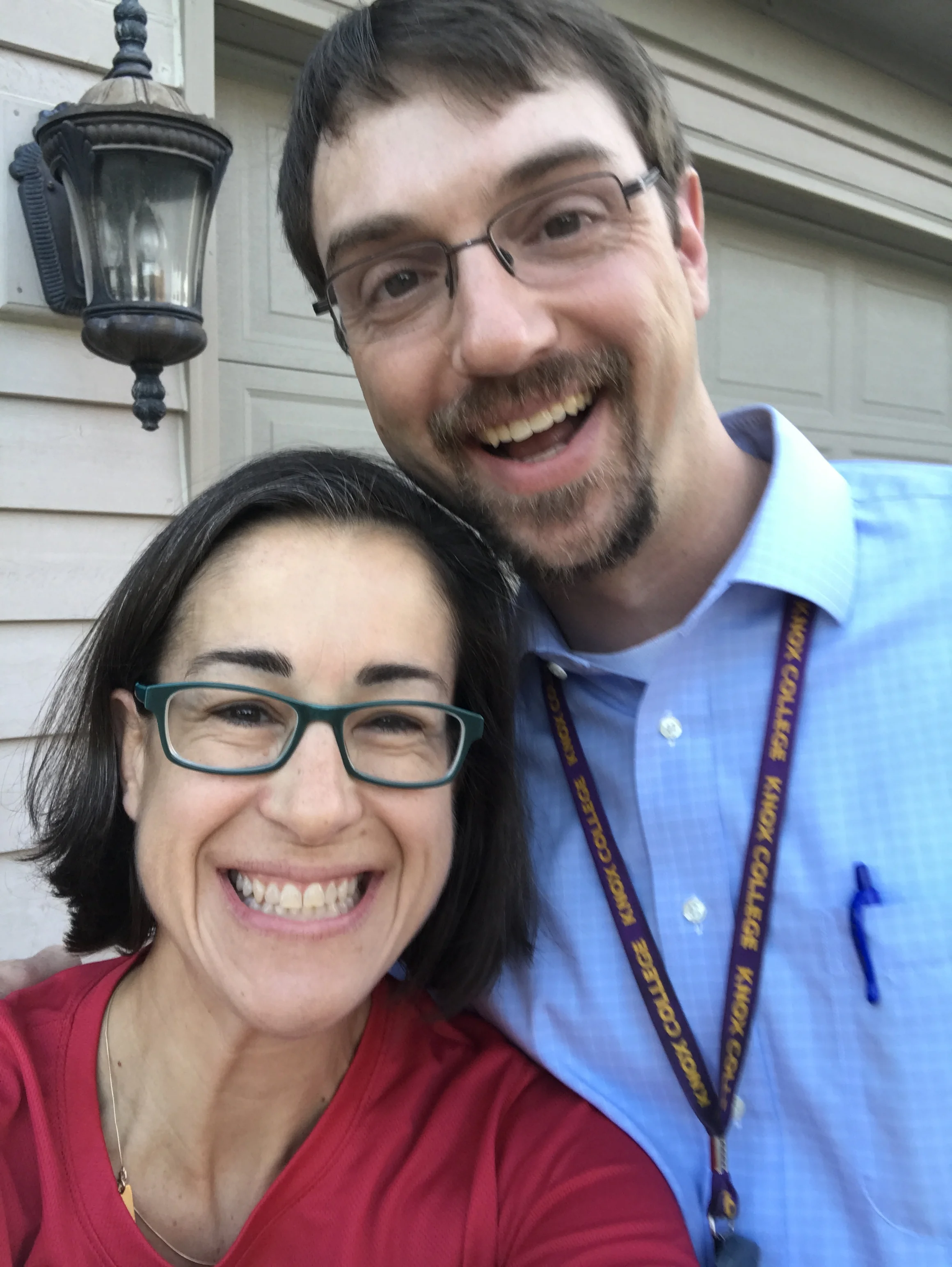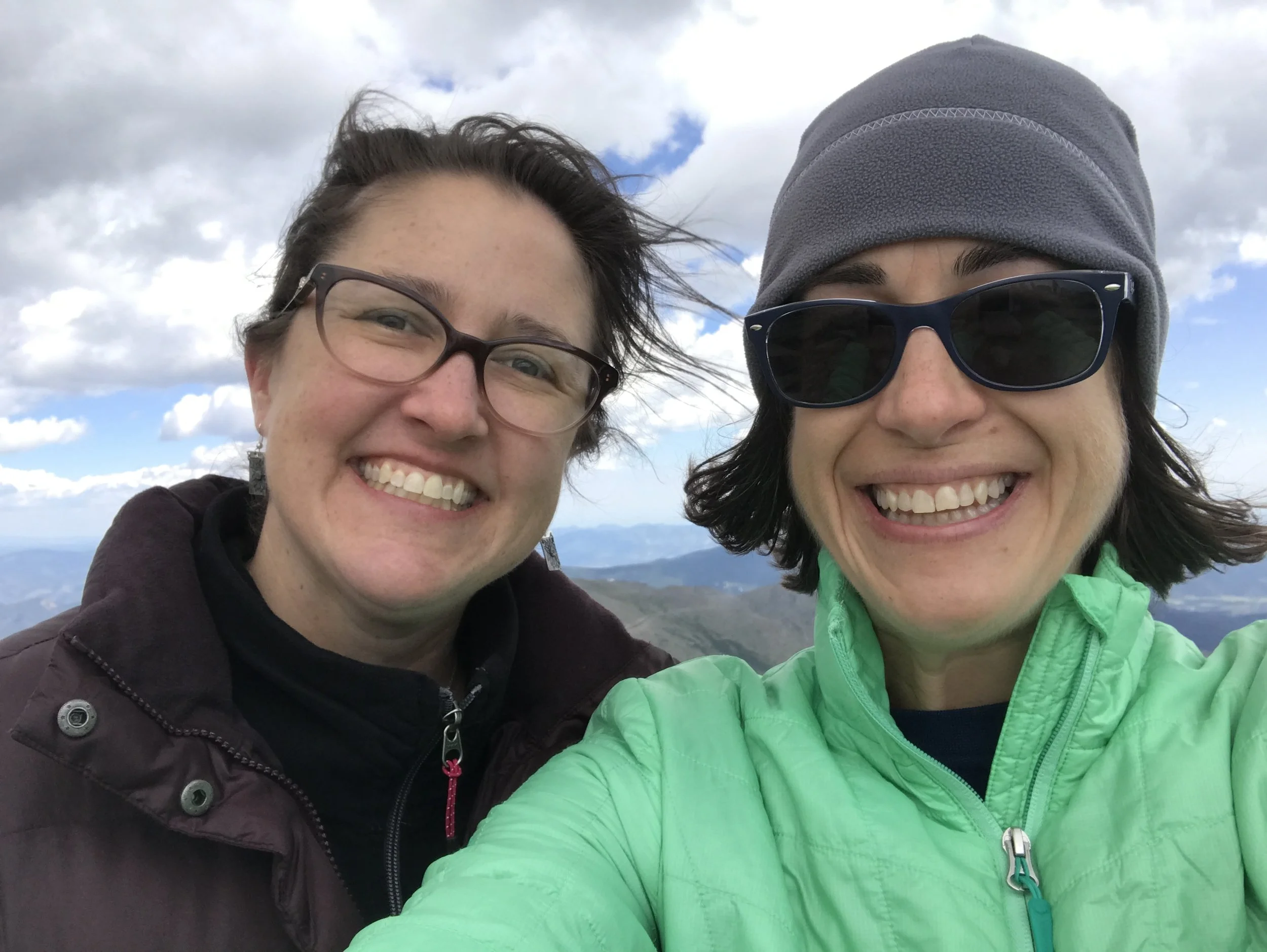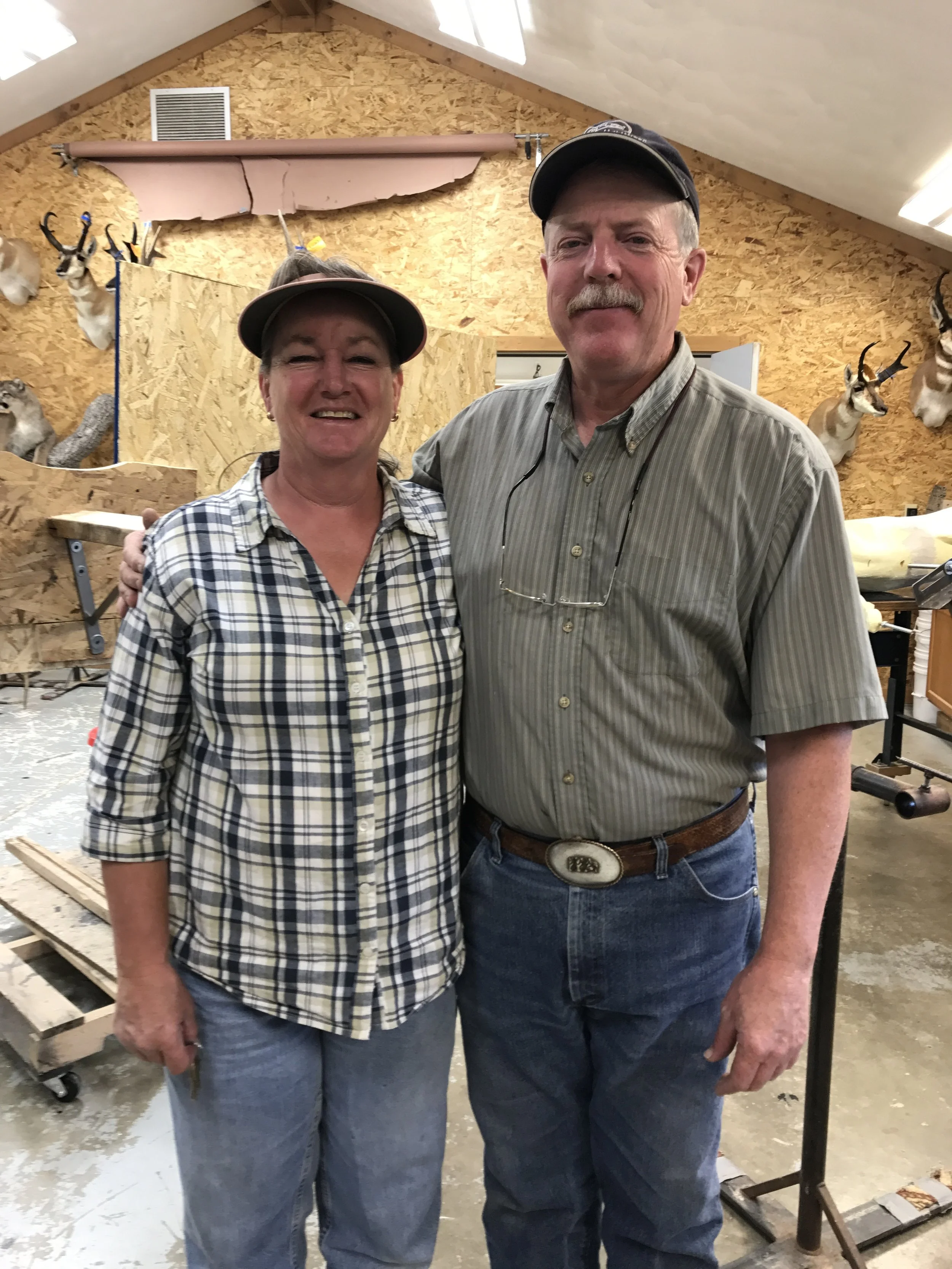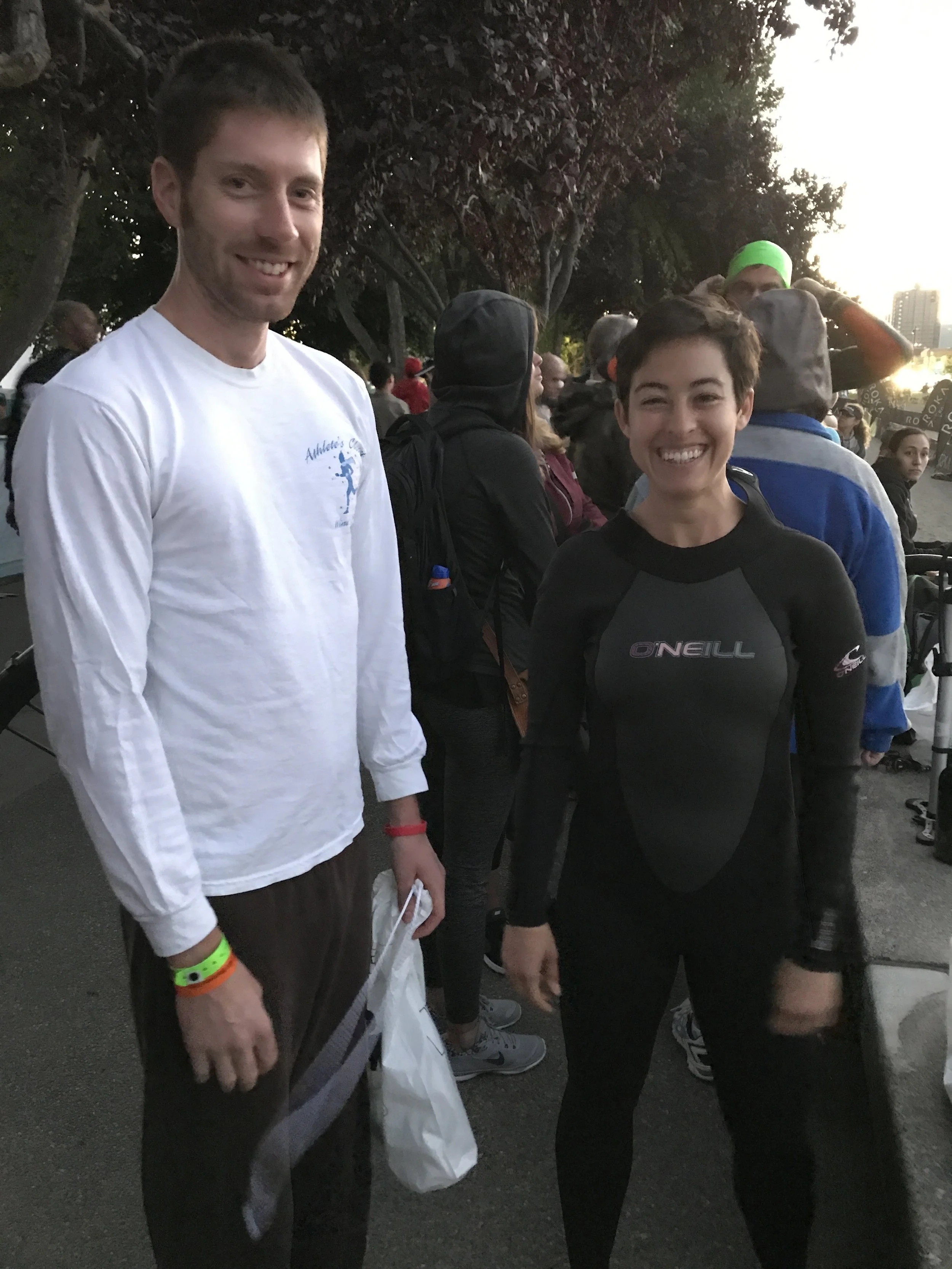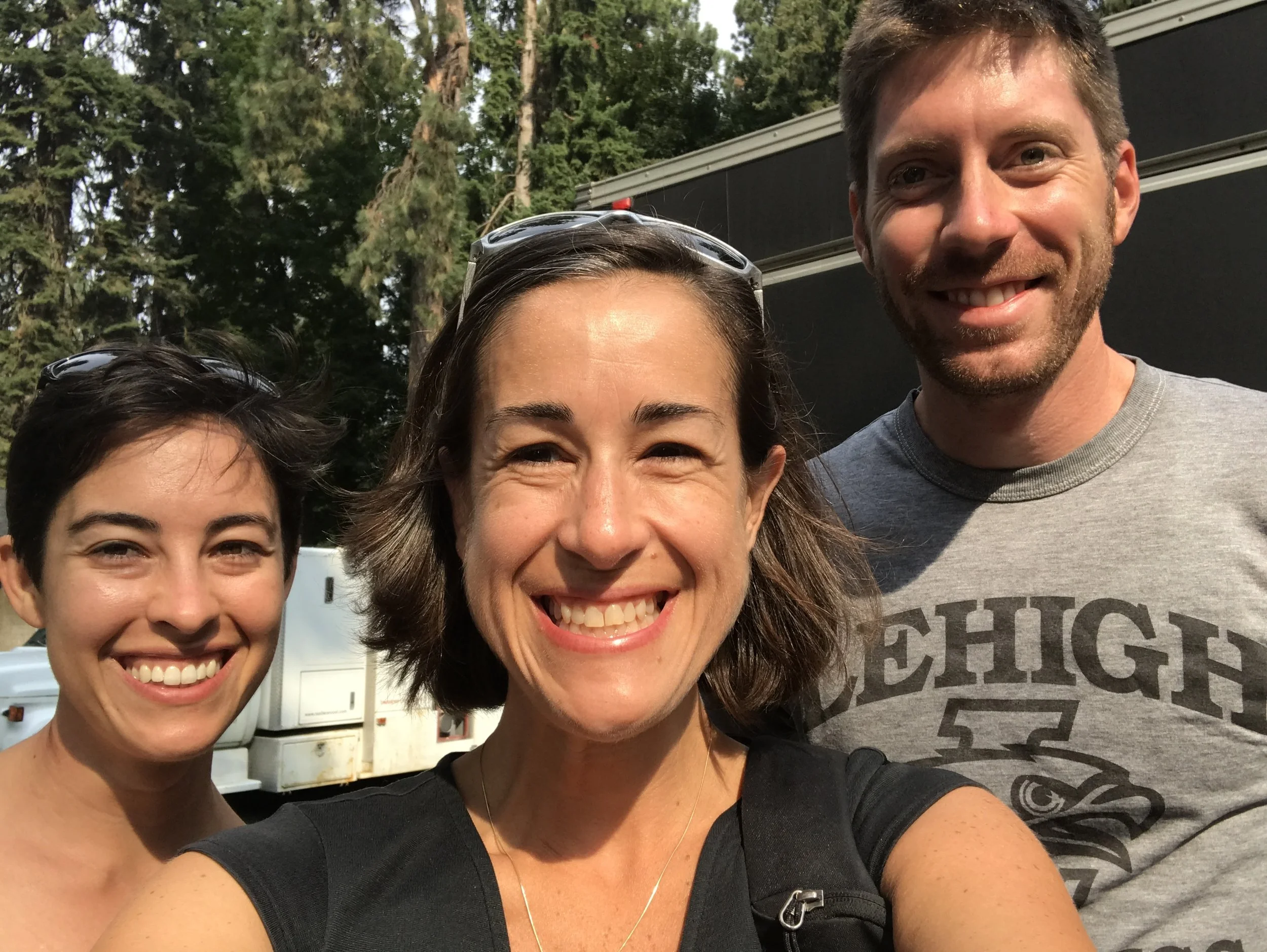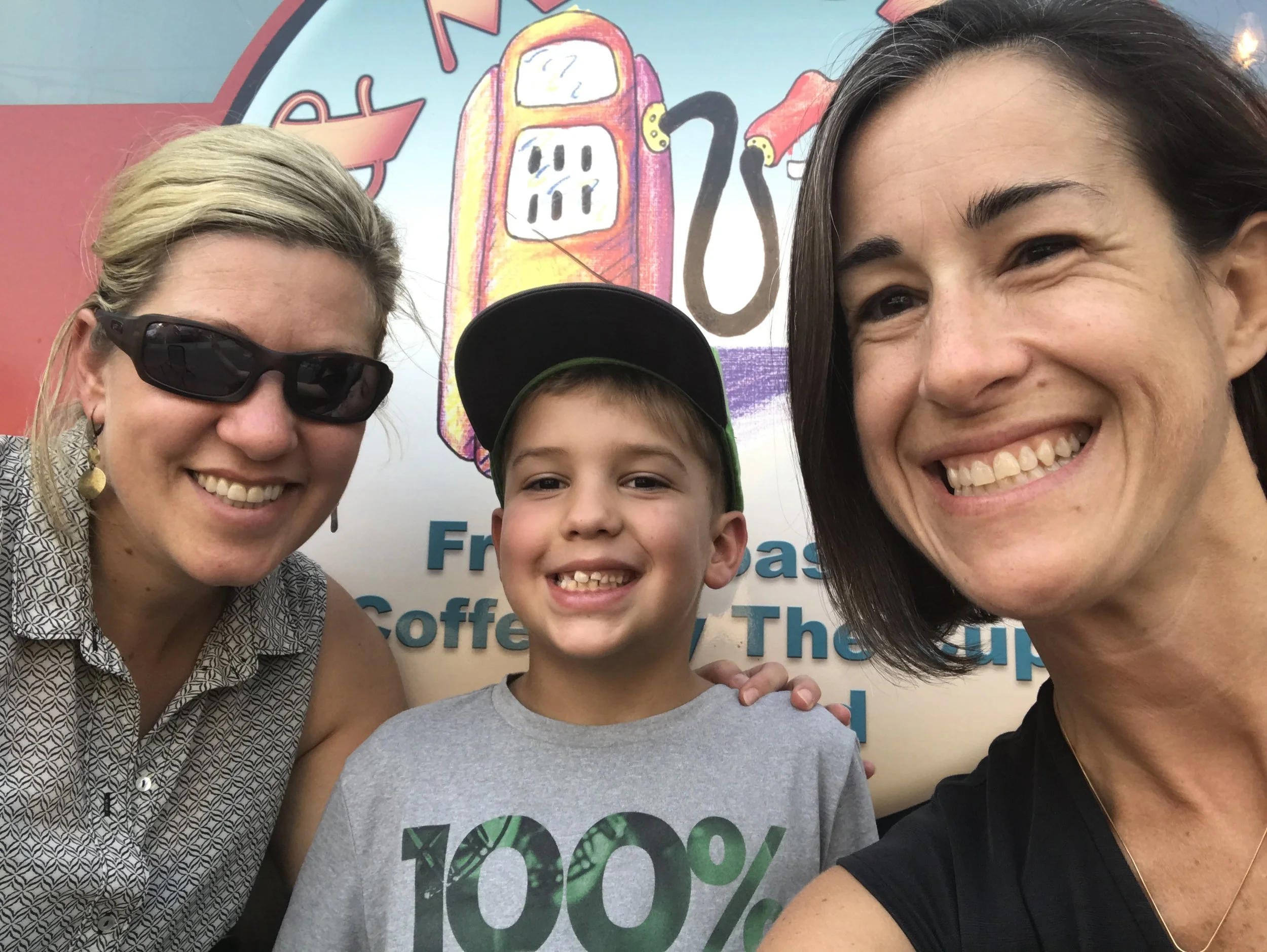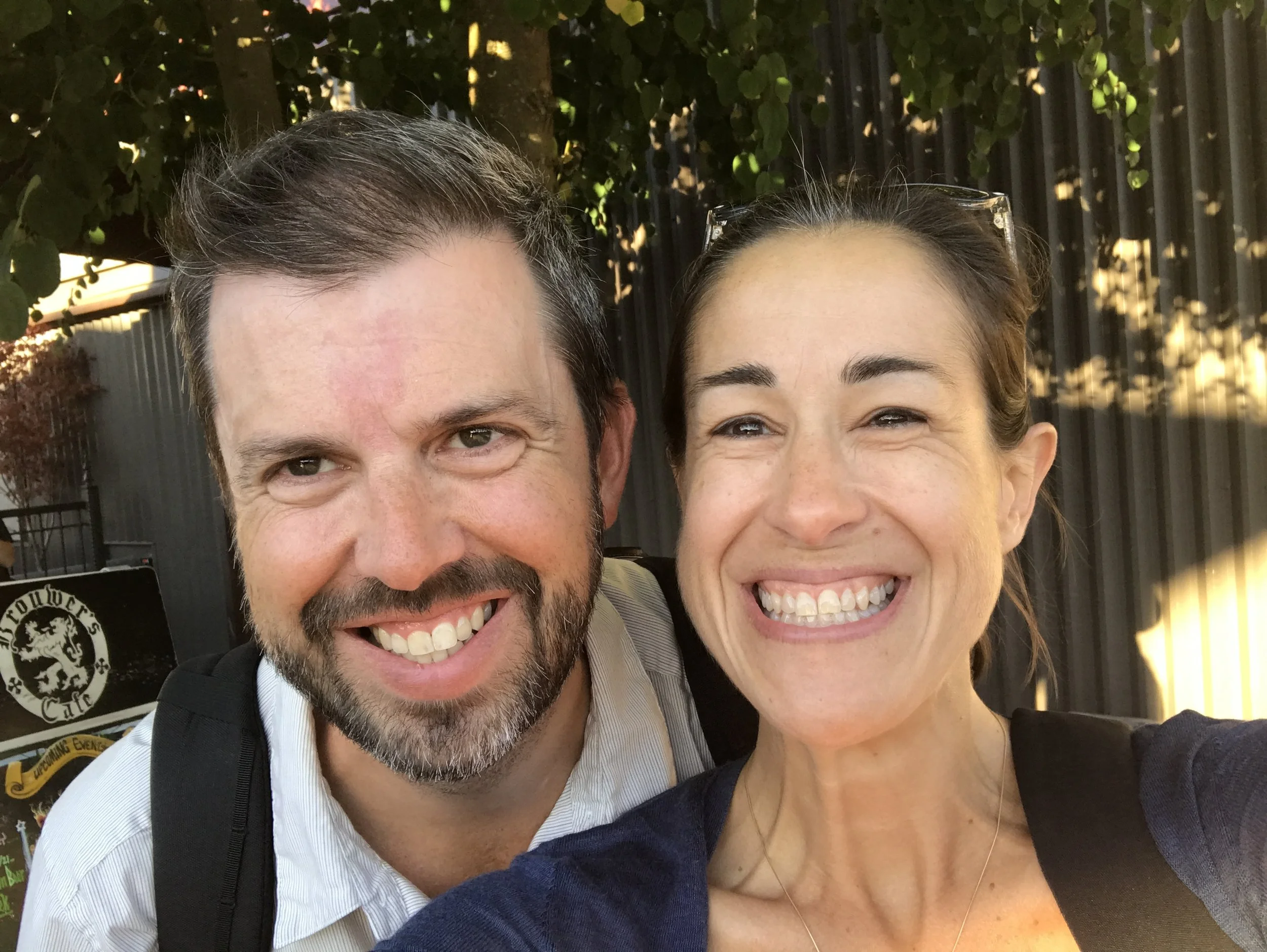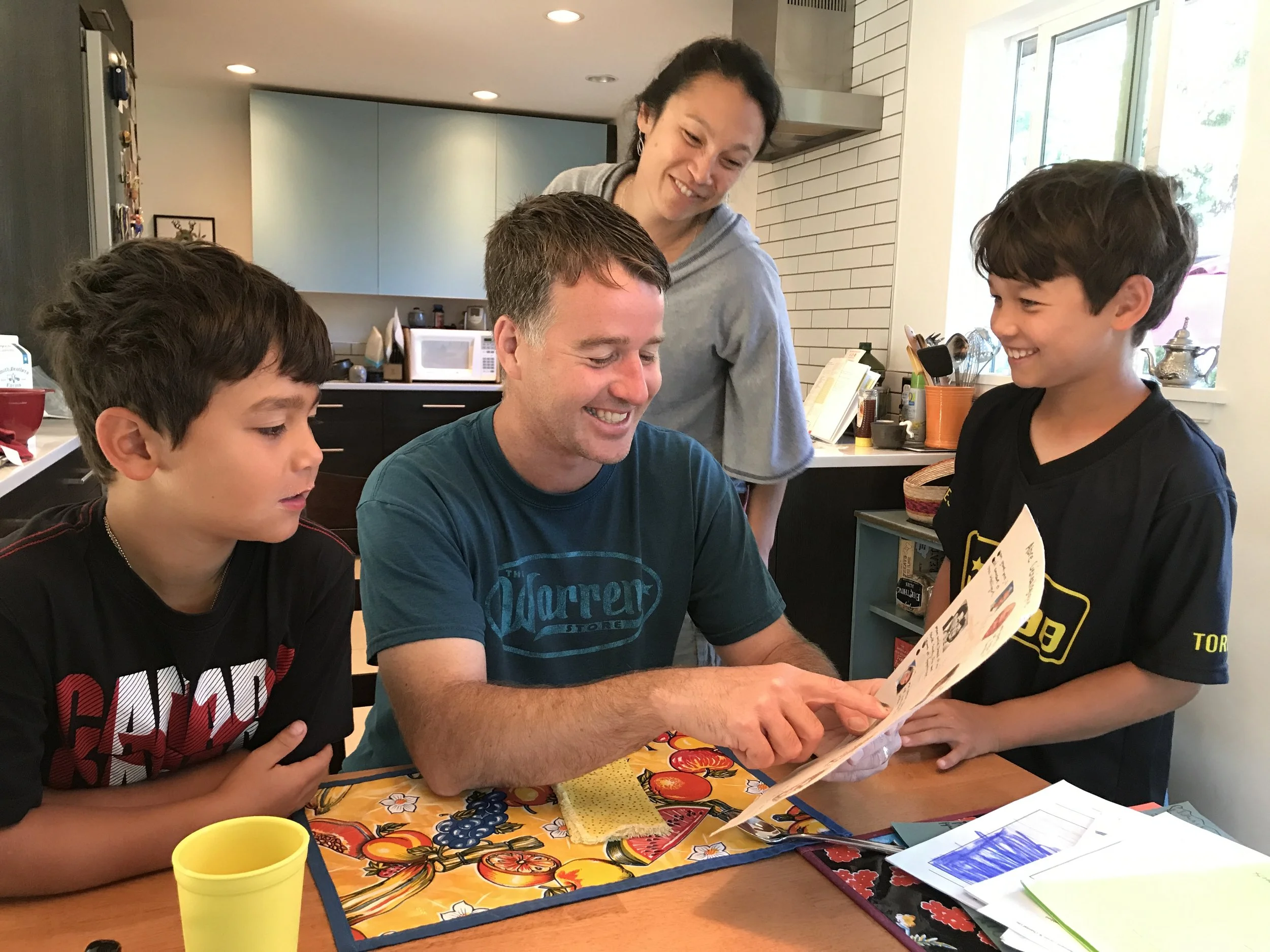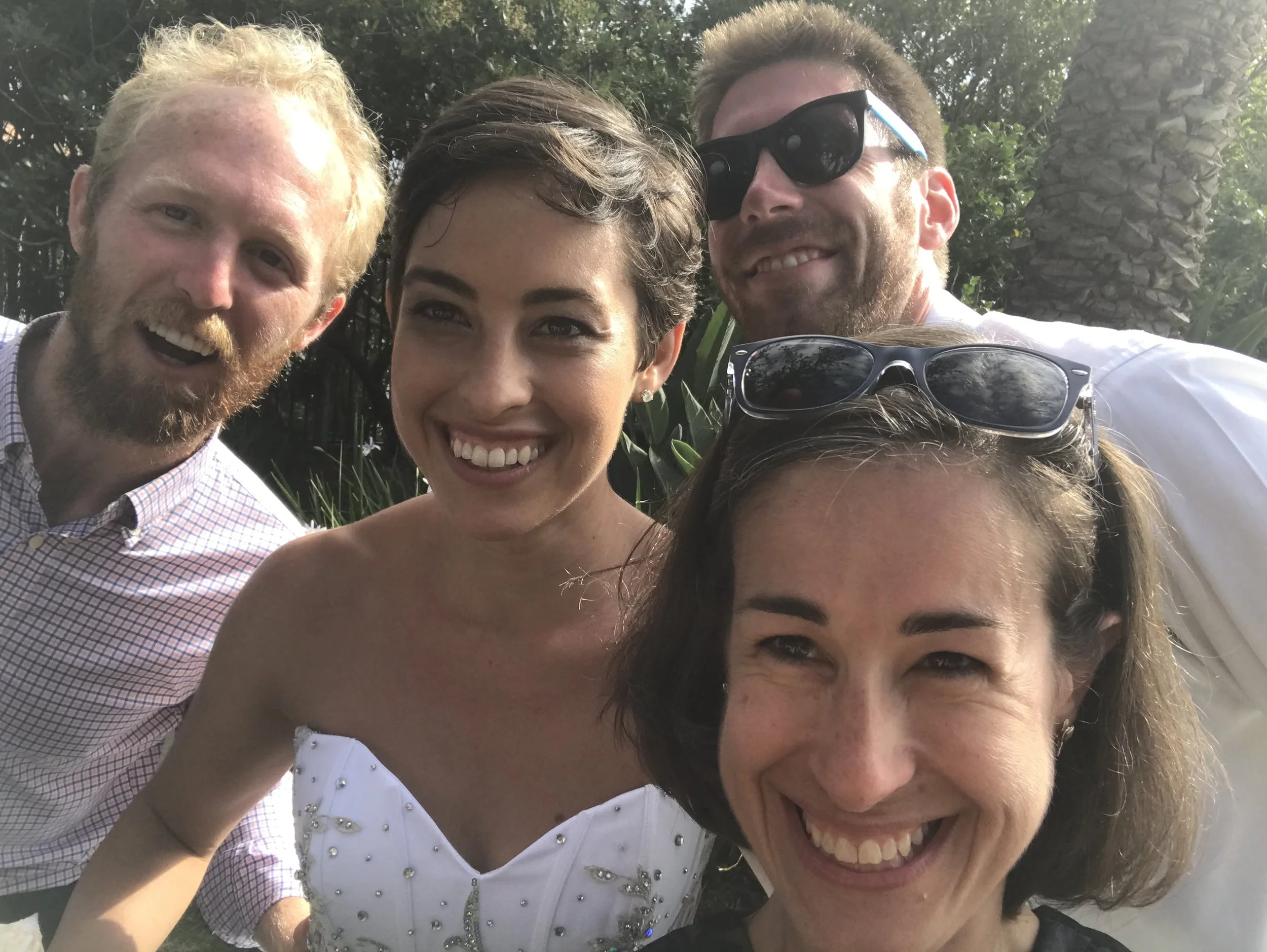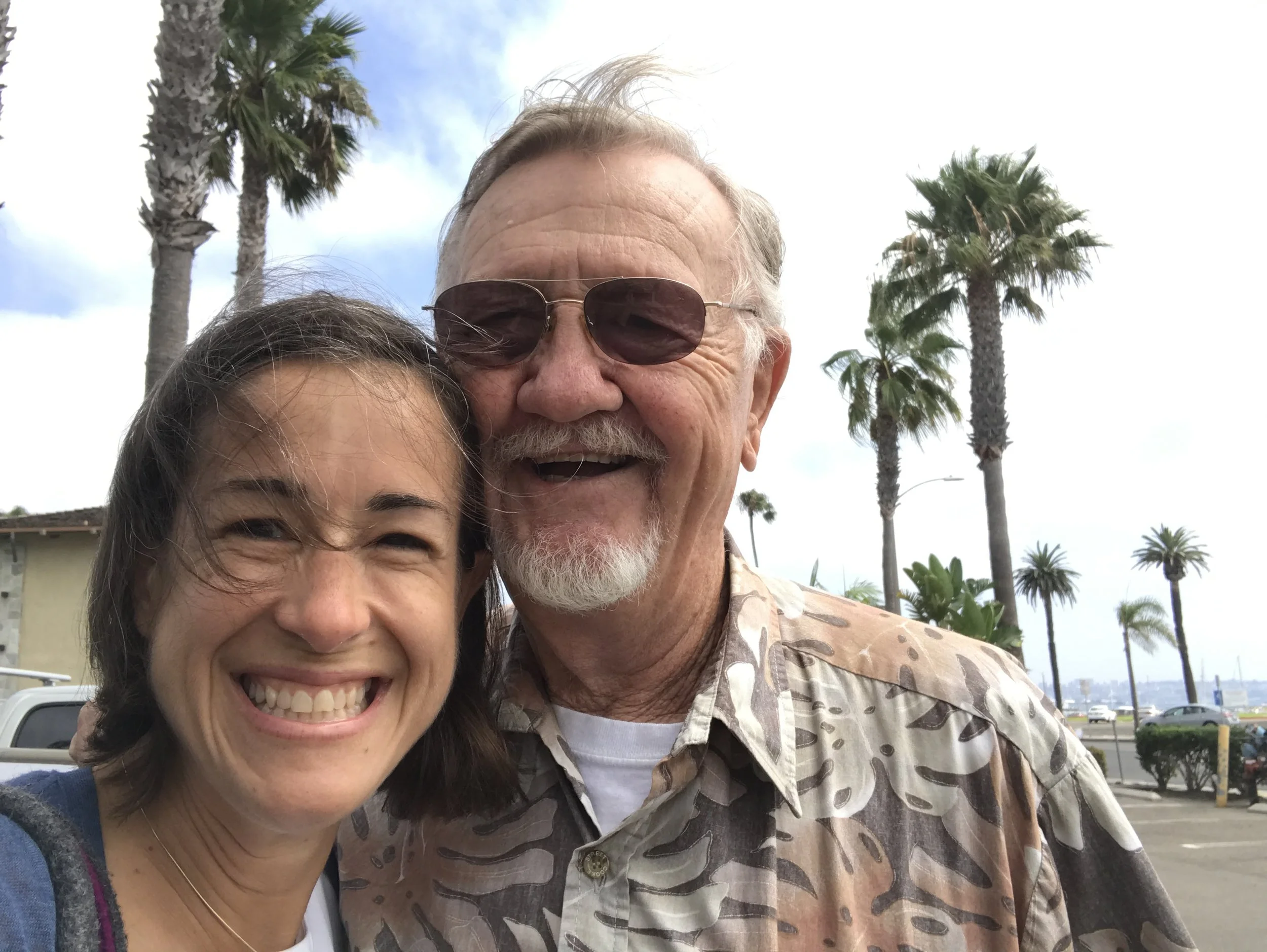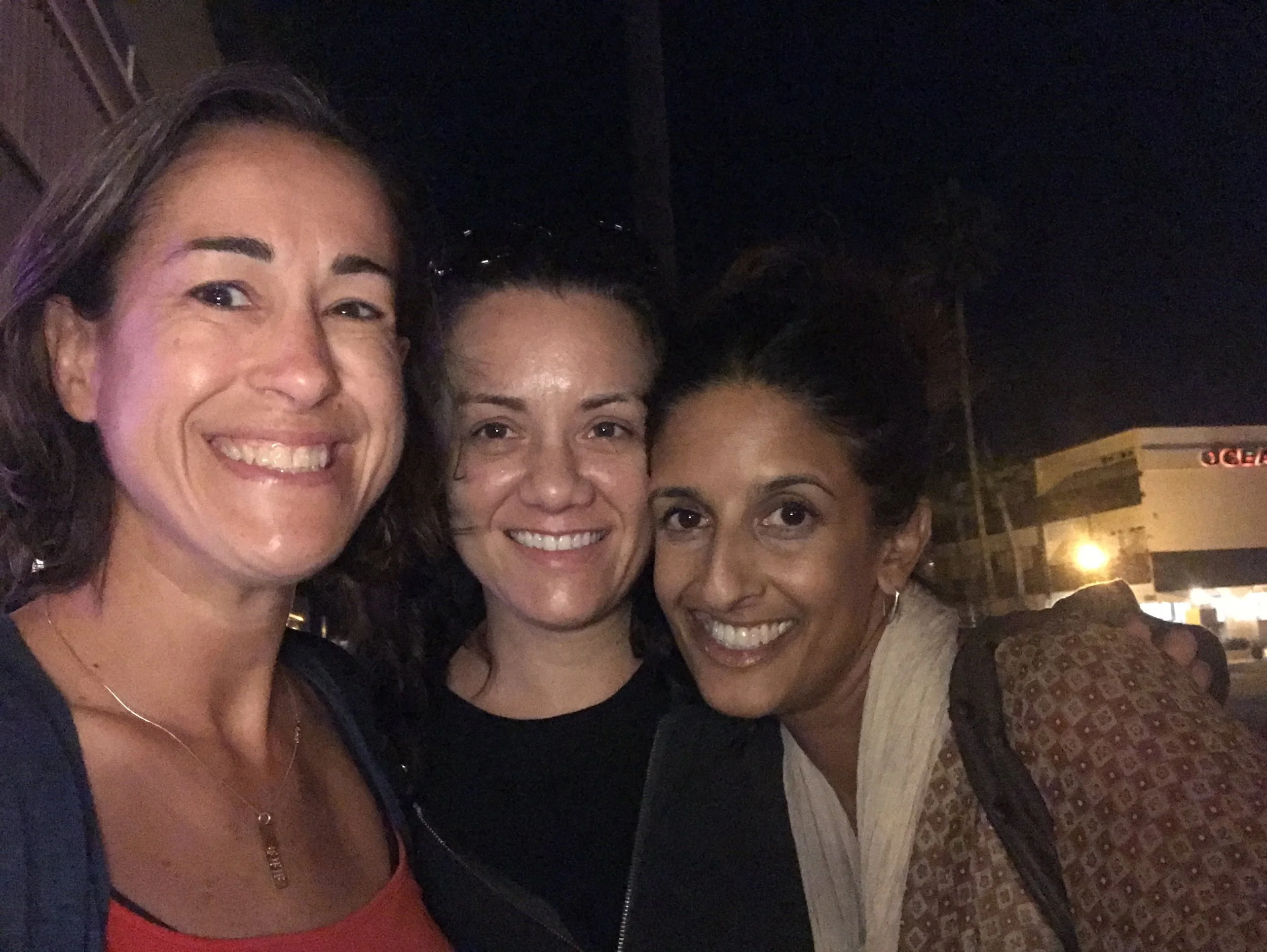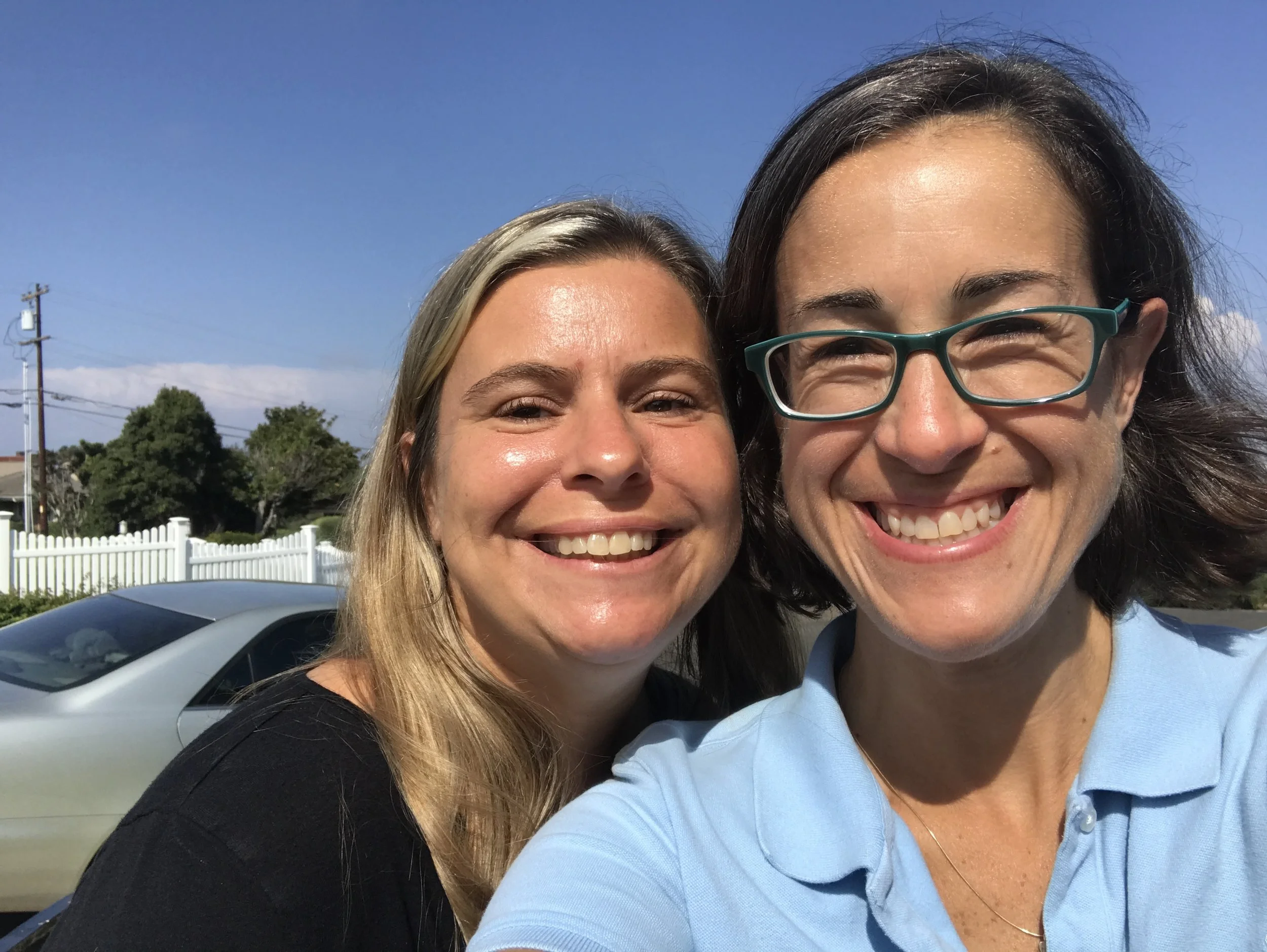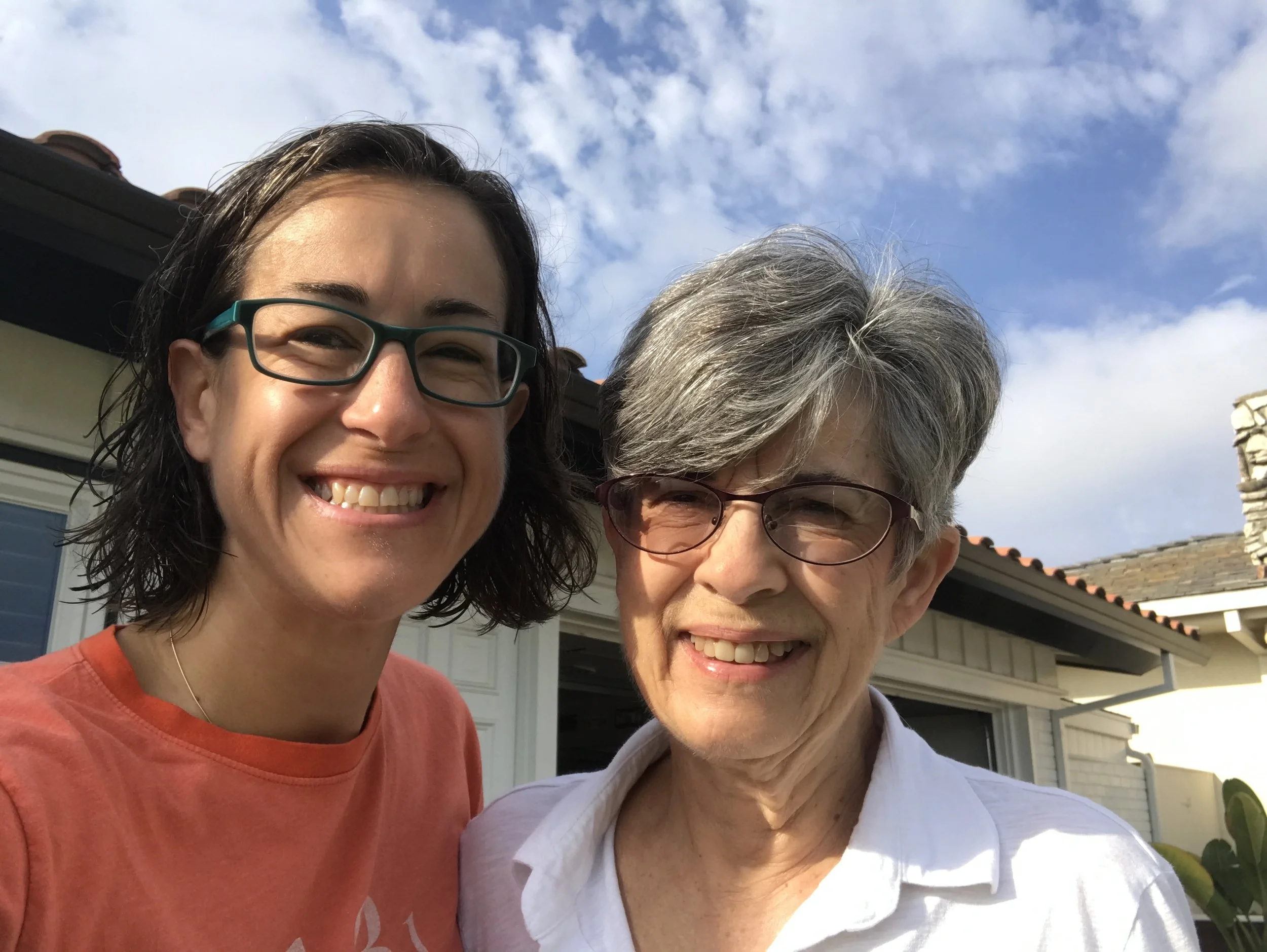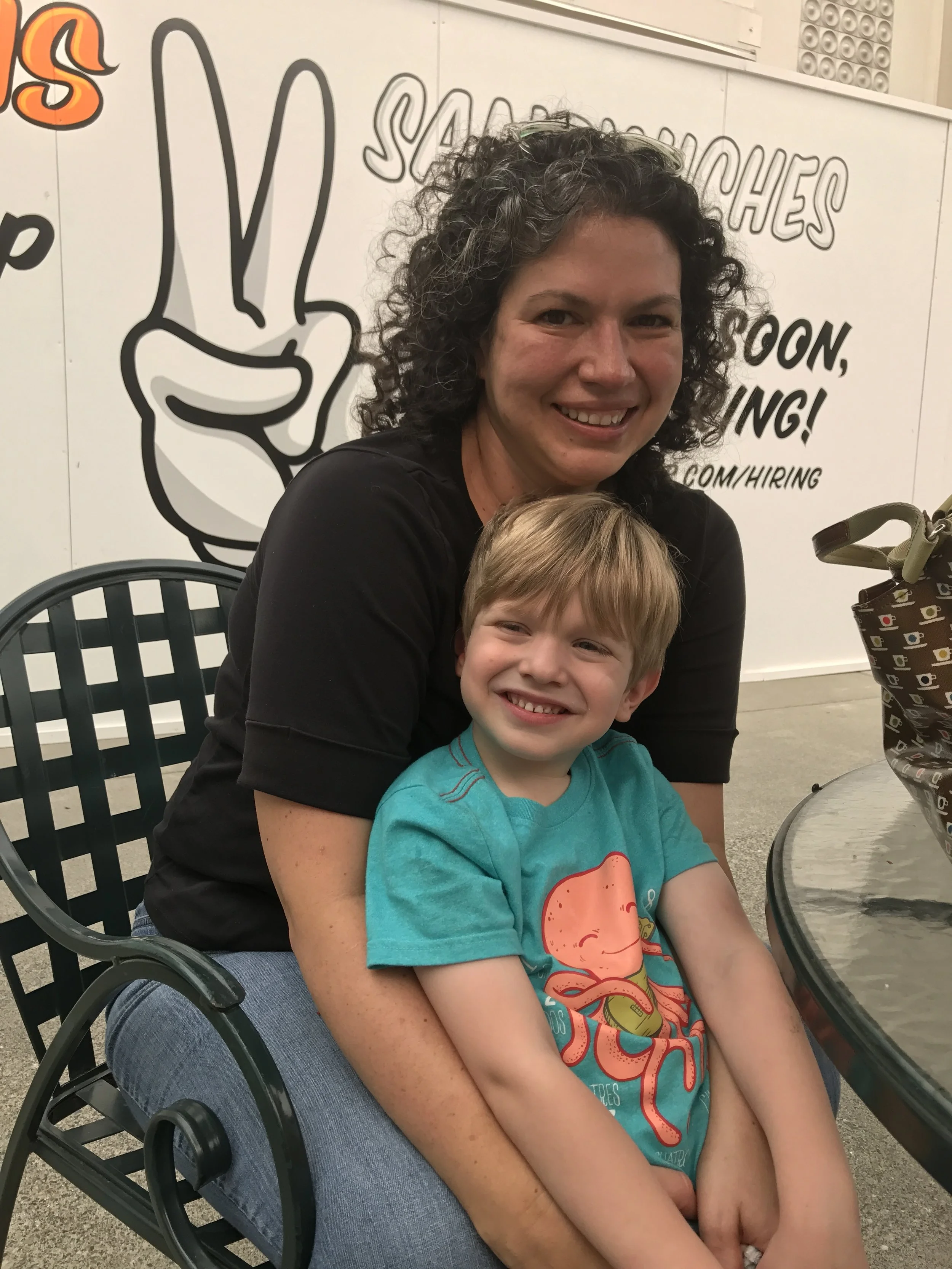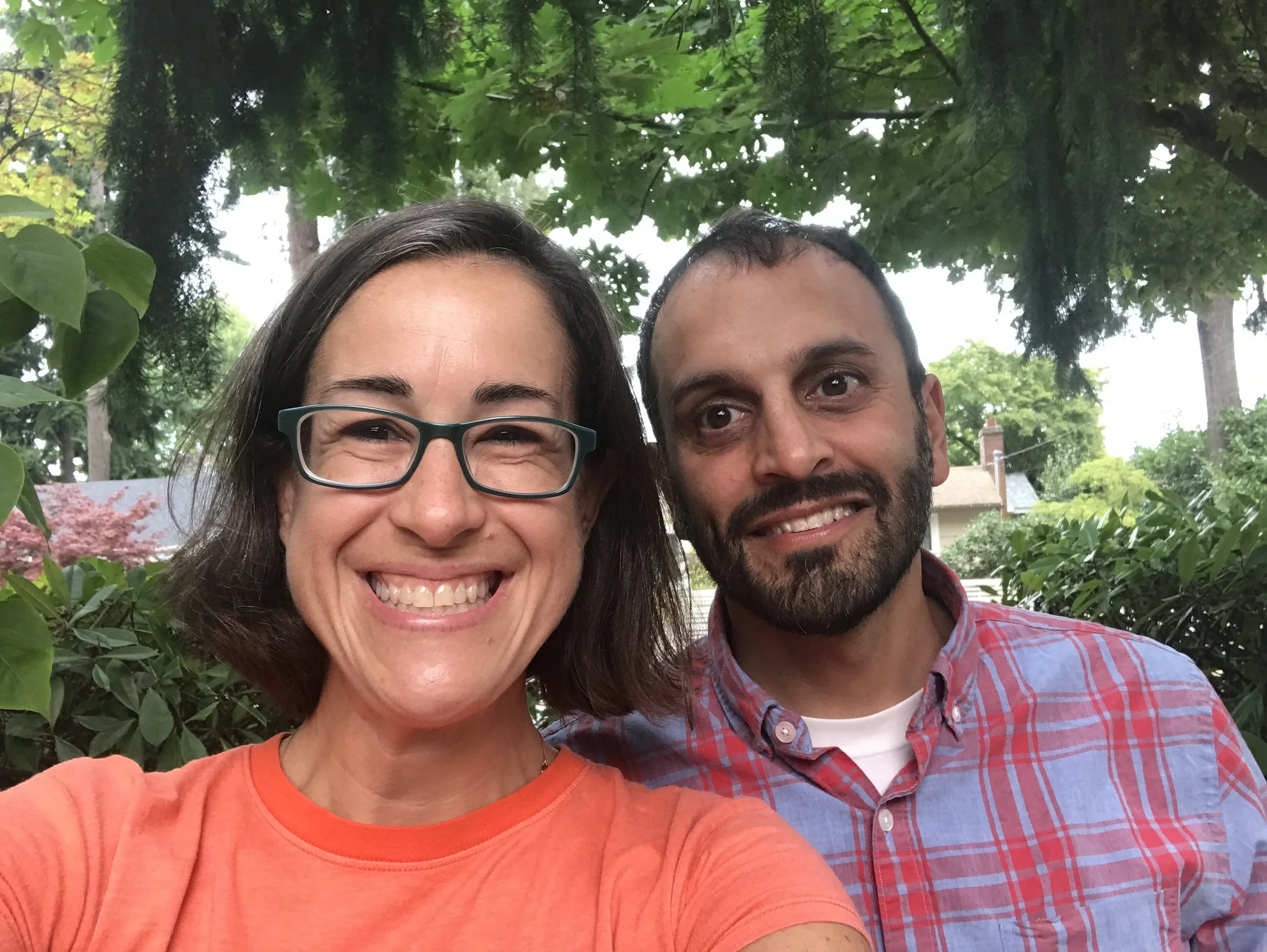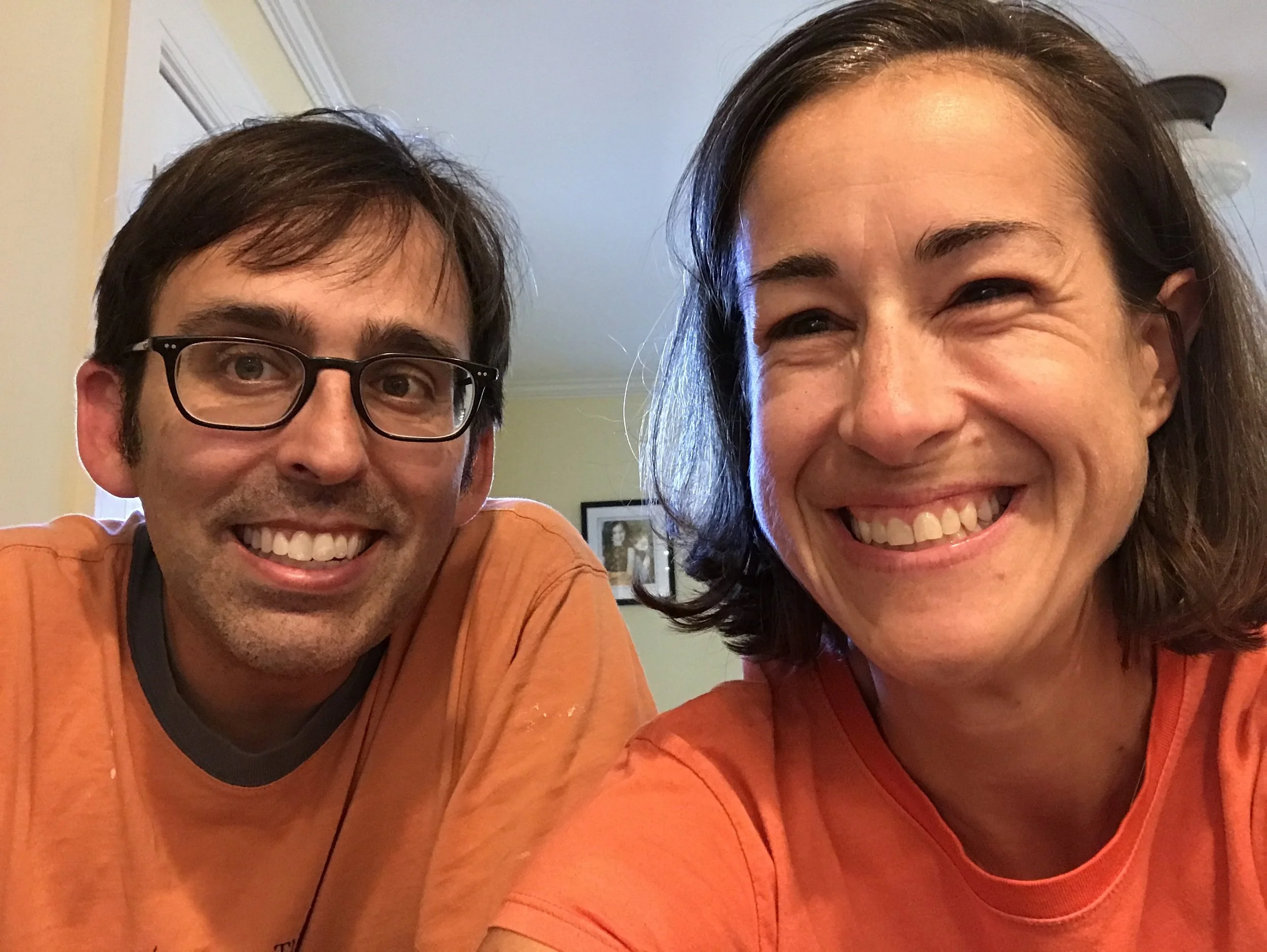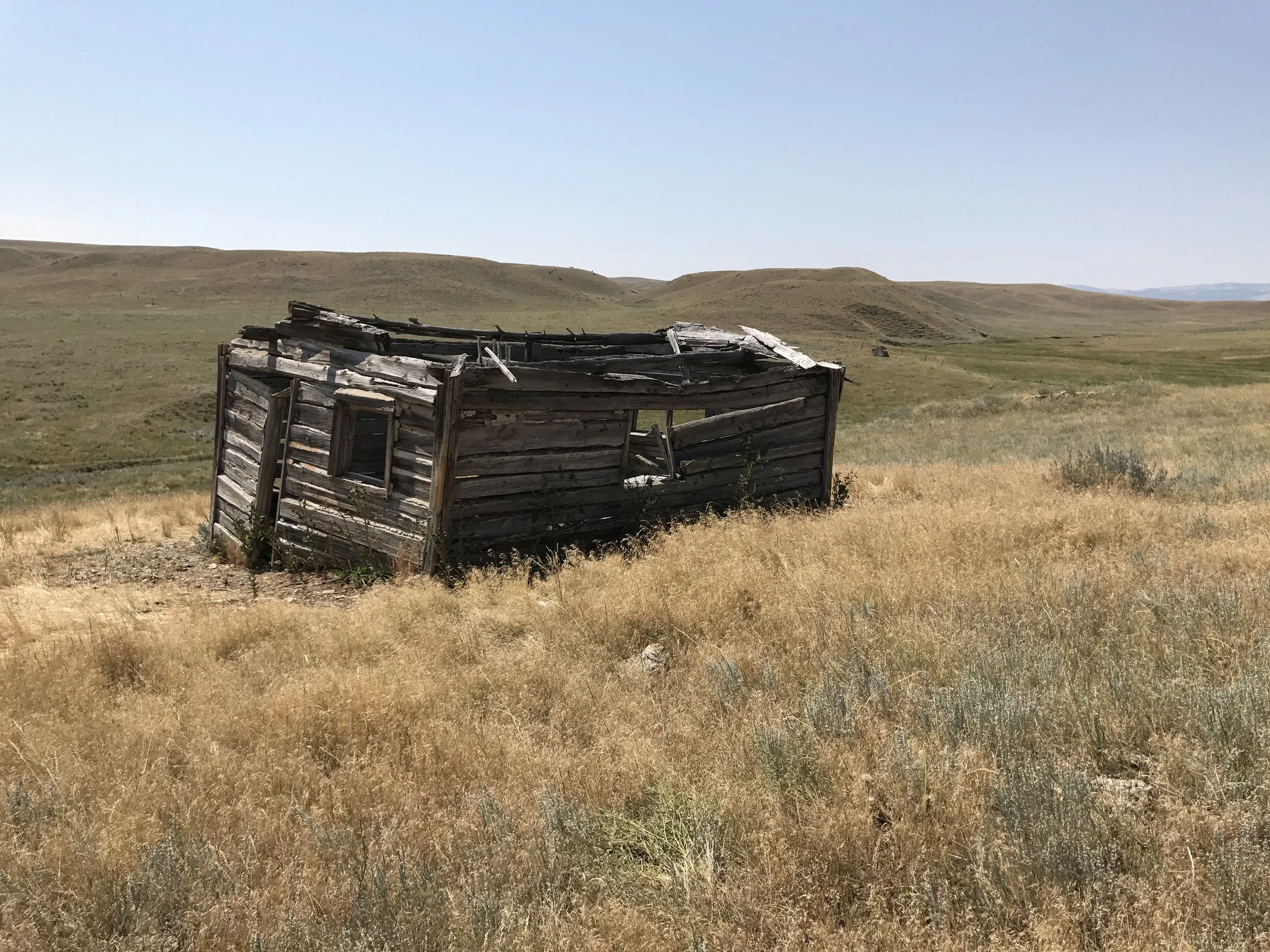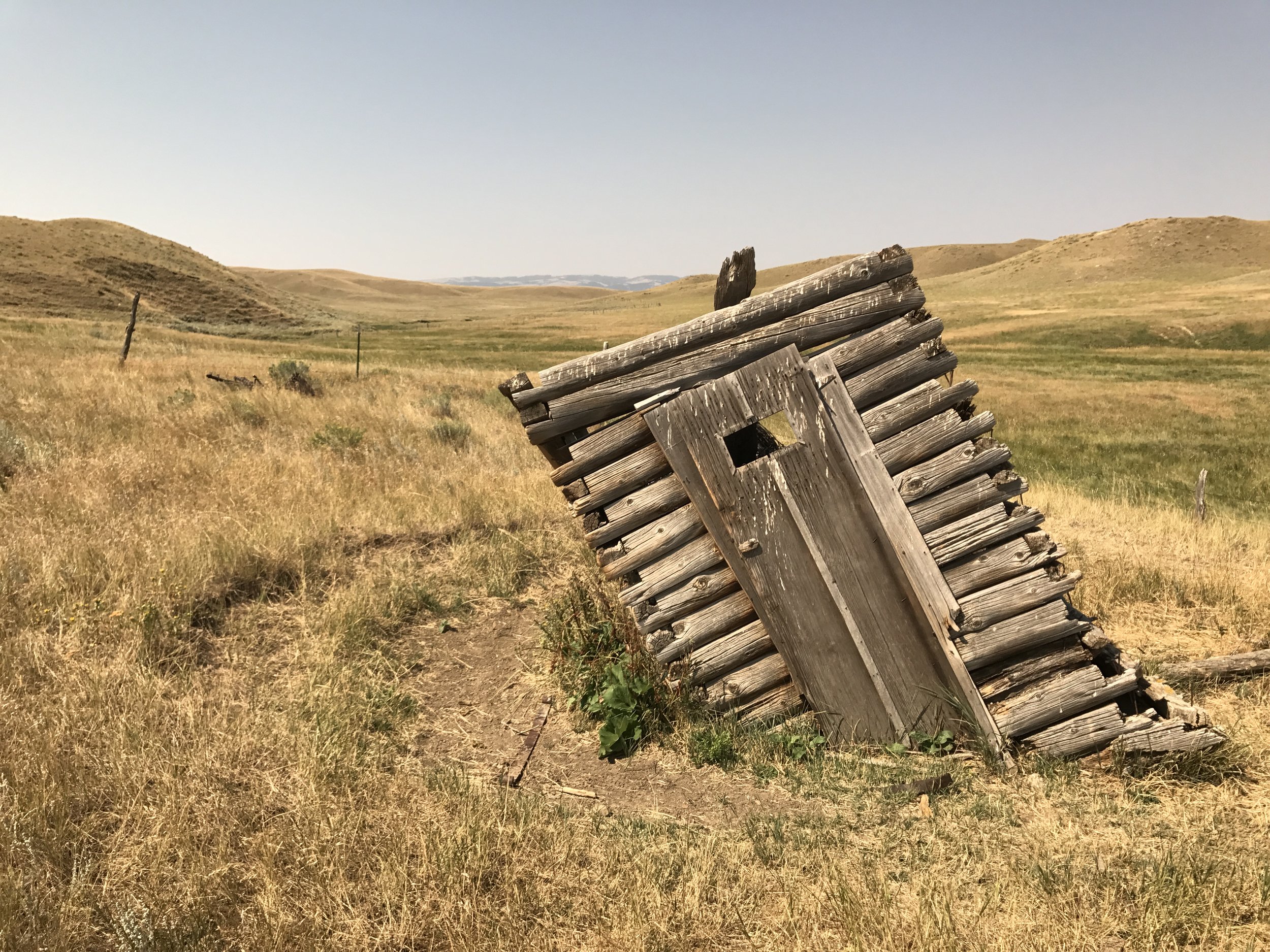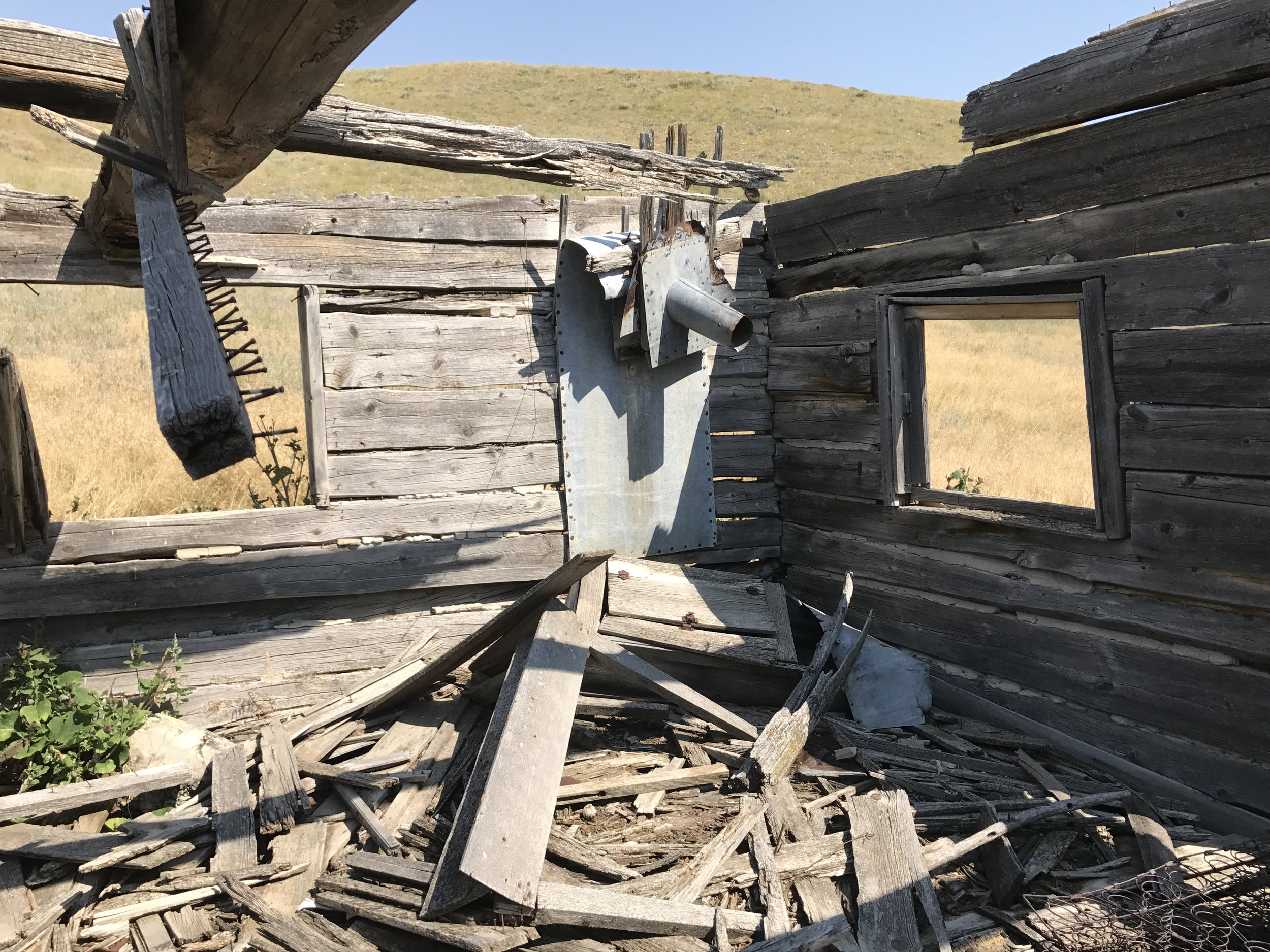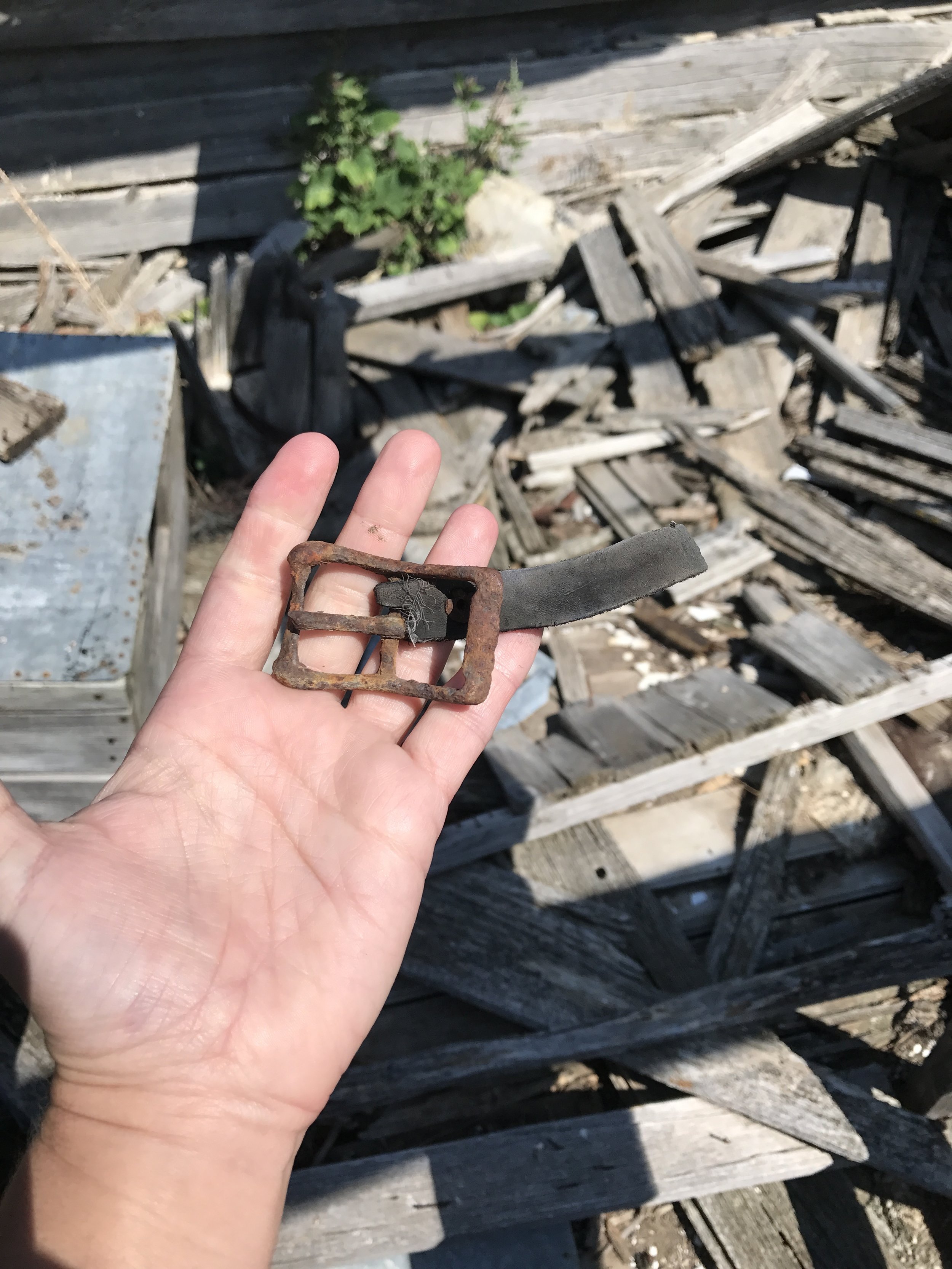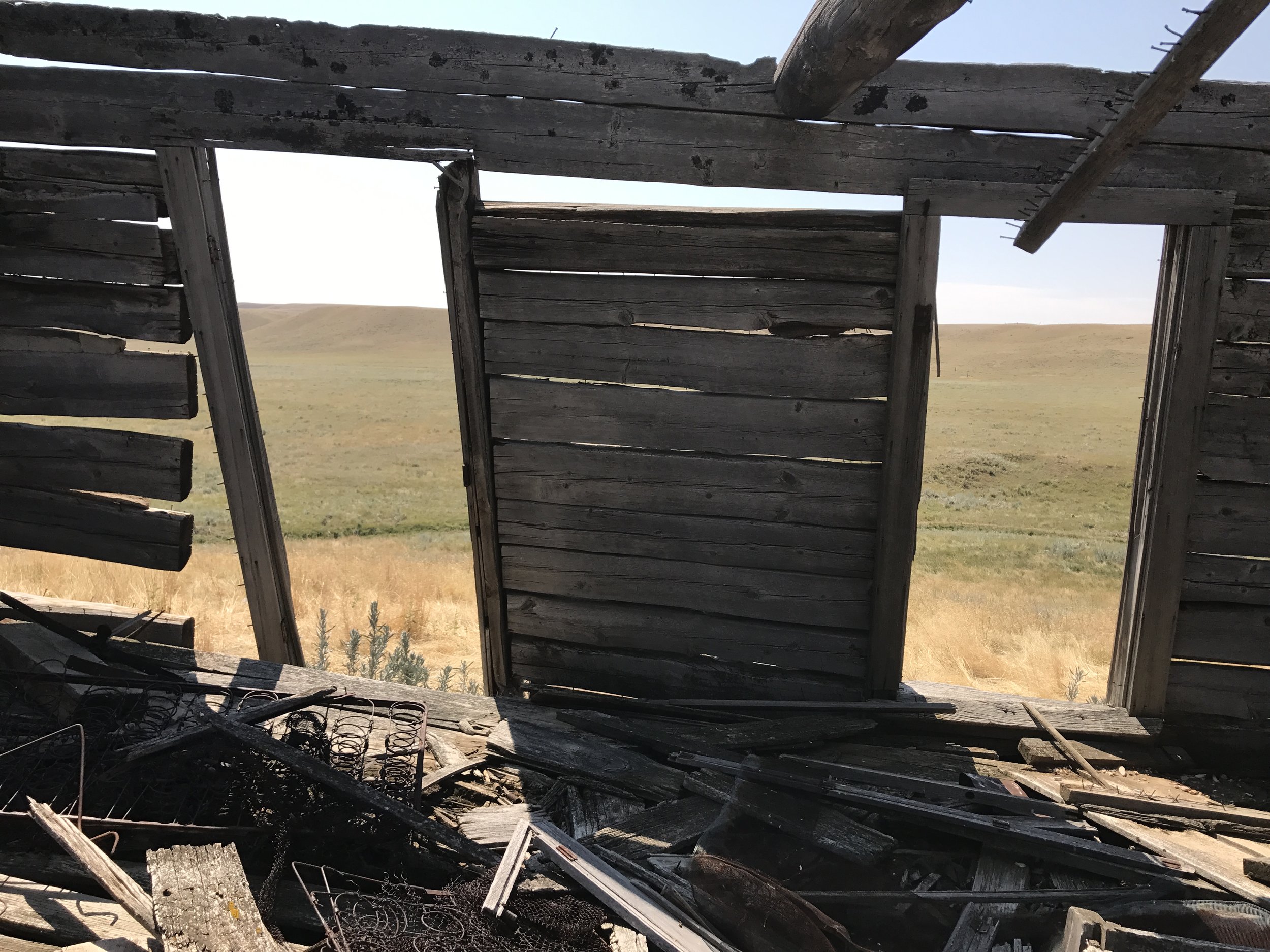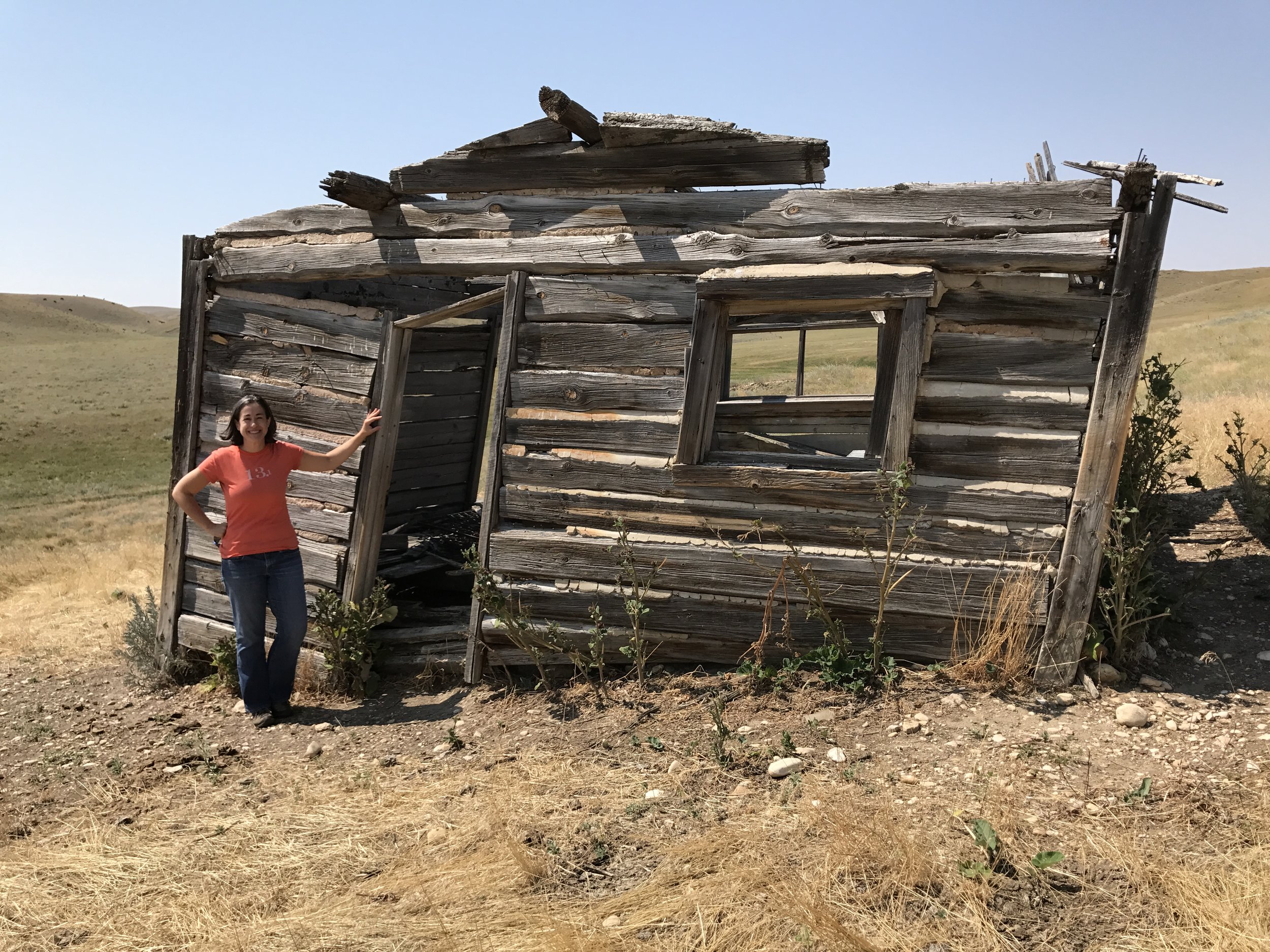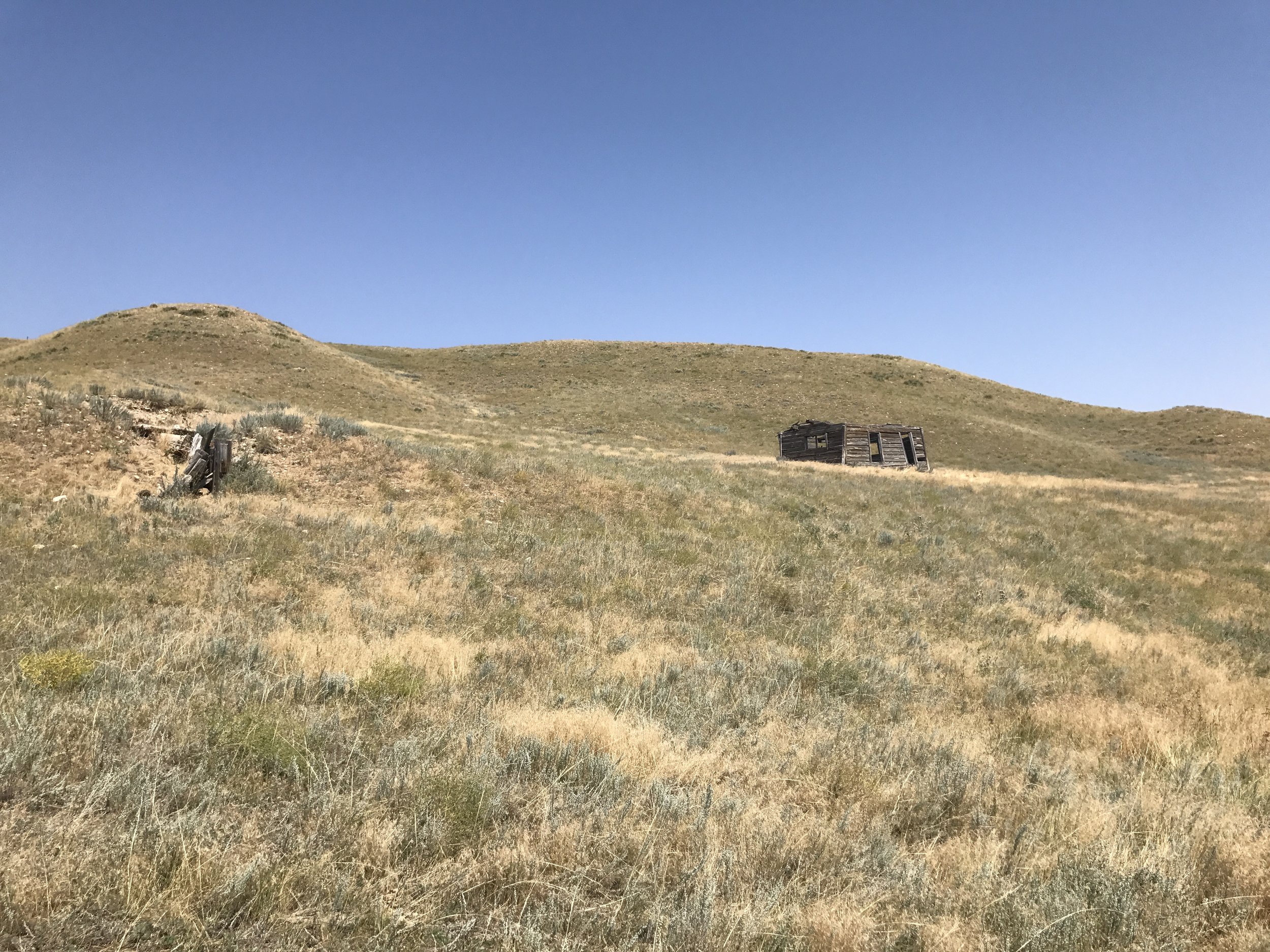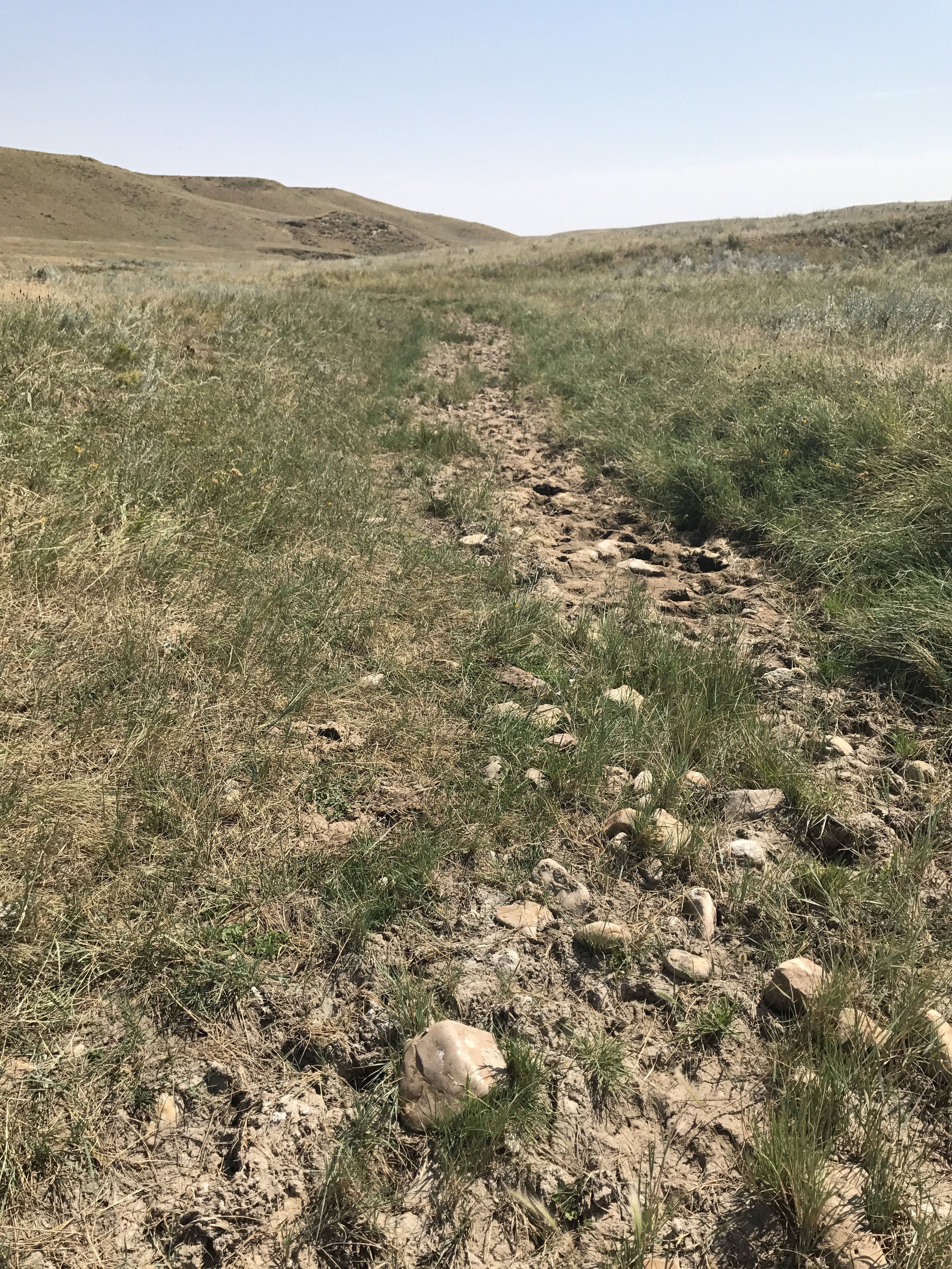Hiking On Huangshan, Yellow Mountains
"We're looking for the fairy bridge, you know it?" The four Czech hikers were the only other people on this steep section of trail deep in West Sea Canyon in Huangshan park. They were at least armed with a souvenir tourist map of the area (we didn't even have that going for us) but the artist's water color rendering wasn't super effective for navigating trails.
We weren't seeking specific landmarks like the Czech-mates were, but rather just trying to escape the intense cacophony of crowds on the other side of the park. Solitude, we found you here! But you also came with endless miles of stone stairs. Not a hiking trail so much as an infinity staircase set into the side of steep, sheer cliffs that plunged down into this gorge in the Yellow Mountains.
"This is... challenging..." one of the Czechs said to me sympathetically as I huffed up one last tall stone step to a resting platform.
Andy and I got on the first 6:30 a.m. shuttle to the park and one of the first cable cars up the mountain to get a jump on the crowds that were rumored to be bad. I mean, we were warned. But man! We hiked among the masses on the trails around the ragged top of the mountain, and then headed over to the West Sea where the crowds were promised to lessen.
And blessedly so. Even in the early morning, Huangshan was crawling with people - large tour groups, families, small gaggles of friends, everyone carrying walking sticks and selfie sticks and talking loudly, excitedly, constantly. The tour guides carried microphones with screeching loudspeakers on their hips. Everywhere you turned was the grating, distorted, amplified yelling of guides herding their patrons. We tried to outwalk them, skirt around them and dodge them but it was no use. Just plain claustrophobic.
But the views! There is good reason so many people come here. Towering rock faces, deep crevasses, cliffs that drop straight down forever, punctured by stubborn shaggy trees in cracks and crevices. The mist and rain that clung to the mountains in the morning burned off to reveal a sunny, hot afternoon.
Still among the hordes, we headed down down, down thousands of stone steps toward the heart of the gorge. Far down the descent, a cable car gobbled up tourists and winged them back up the top of the mountain. Below here, all the crowds disappeared, save the Czechs and a few others, and we kept descending down, down, down. A small stone bride cross a languid stream ("but this is not the fairy bridge, right?") and we found ourselves at the beginning of the long uphill climb. Essentially we had just walked miles straight down the side of cliff, and now our task was to walk miles straight up the other side. Sadistically, Andy suggests this would be an awesome ultramarathon course if they would just clear the park of everyone else for a day. Privately, I think, "There is no fucking way I'd do that race..."
Countless steps later, halfway up the mountain, we come to a small bridge. Now I'm also eager to find this fairy bridge that I'd never heard of till a few hours ago. Finally, I struggle up to a clearing where the Czechs and Andy have already found it: millenia ago, a towering mass of rock split ever so slightly down its vertical length leaving a narrow crevice that stretches hundreds of feet above our heads and way down into the valley below. And then some time more recently, a beautifully carved stone bridge was built to span this cleft, an adorned nugget that's plugged into the rock halfway up the crevice. Only fairies could pull this off.
We continued ascending, marking our progress against an equal mountaintop just across a small valley, rising higher and higher one stone stair at a time.
As we emerged at the crowded mountaintop, there was seemingly a curtain that separated this trail -- blissfully rugged and free of people -- from the loudspeakers and loud speakers that clogged the rest of the mountain.
Hard hike over and serenity bubble pierced, we headed to the other side of the mountaintop for the descent back to town. We had ridden the able car up in the early morning to make sure there was time for the hike, but we walked faster than the trail guidance predicted and had time to walk all the way down on foot instead of using the tramway again. I love downhill running, but this was seriously a test. The descent was endless, rendering my legs rubbery and more sore in the following days than I've been after some marathons!
[Huangshan, Tunxi: September 19-21, 2017]







